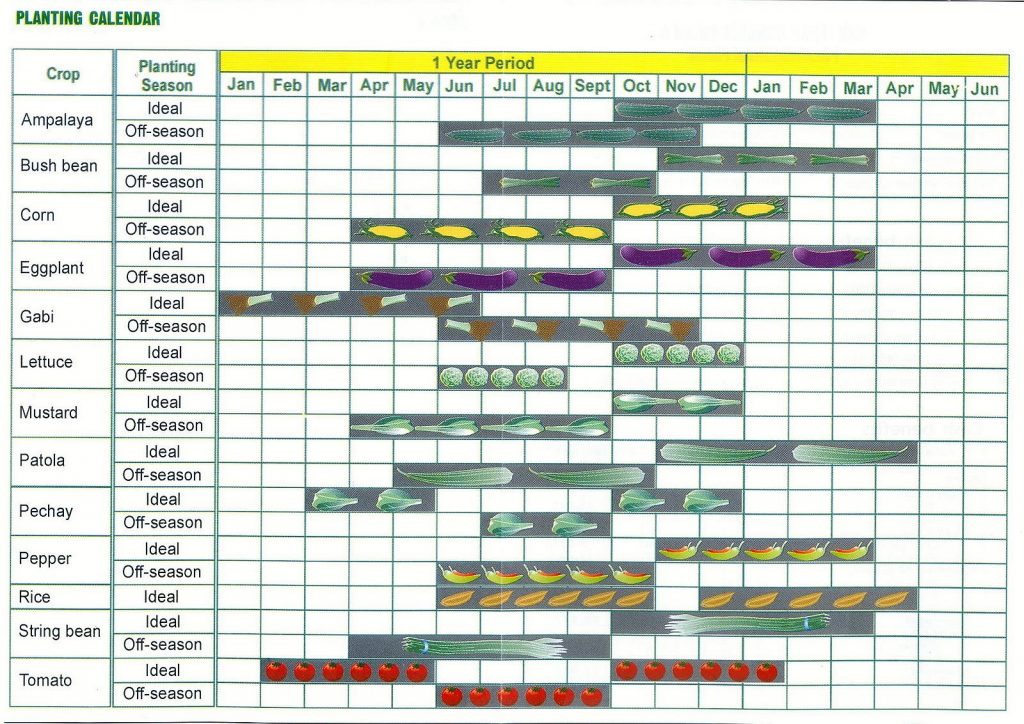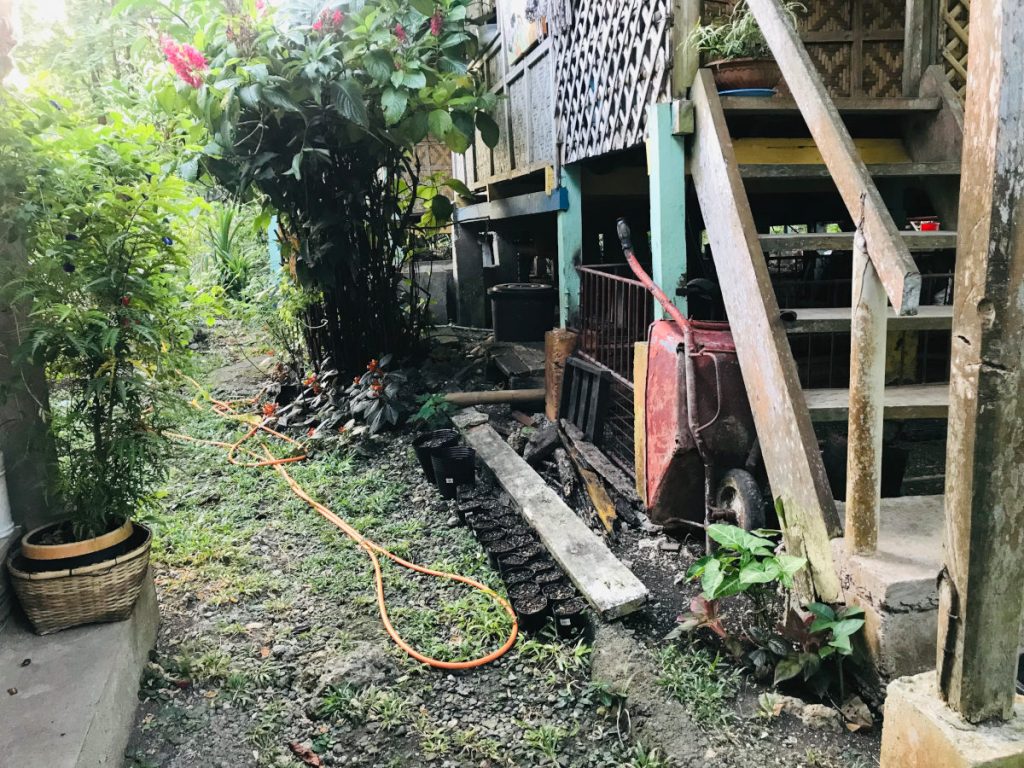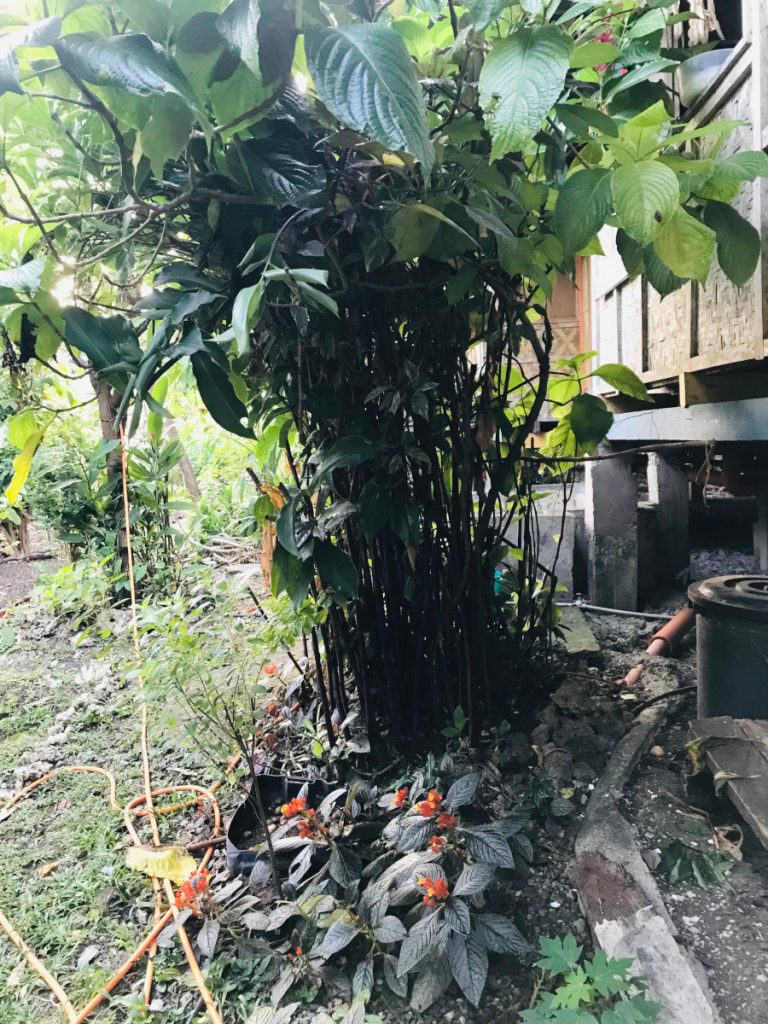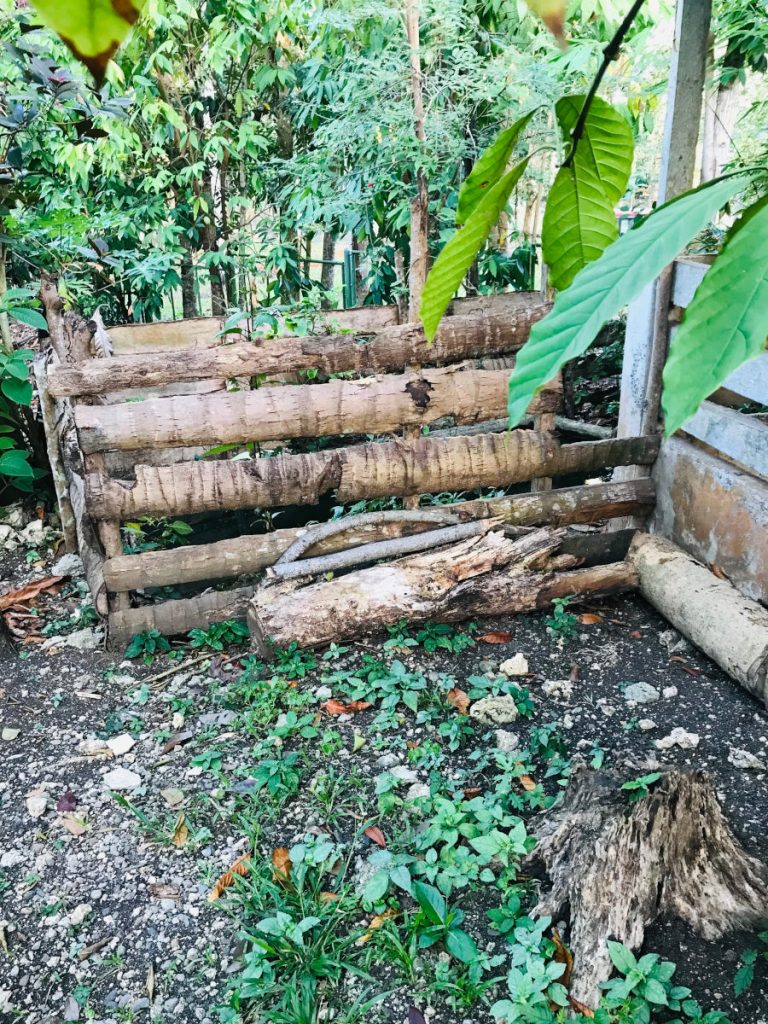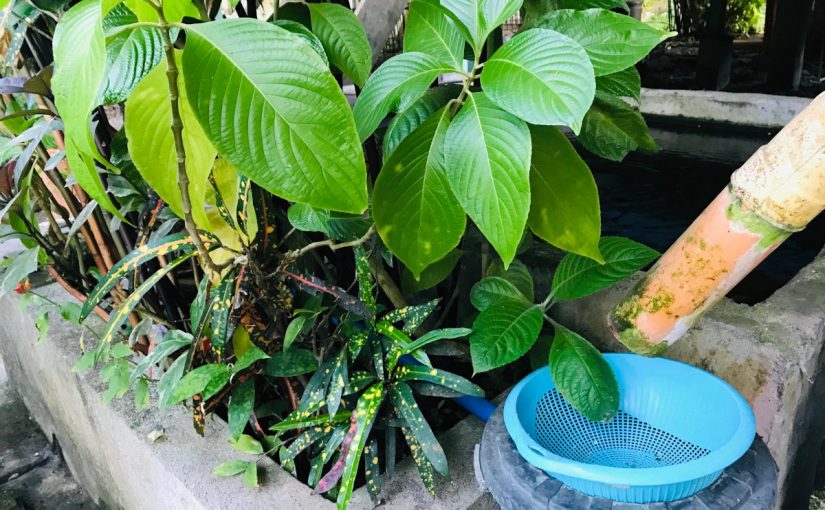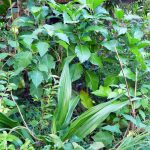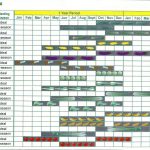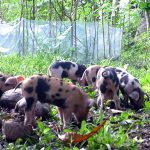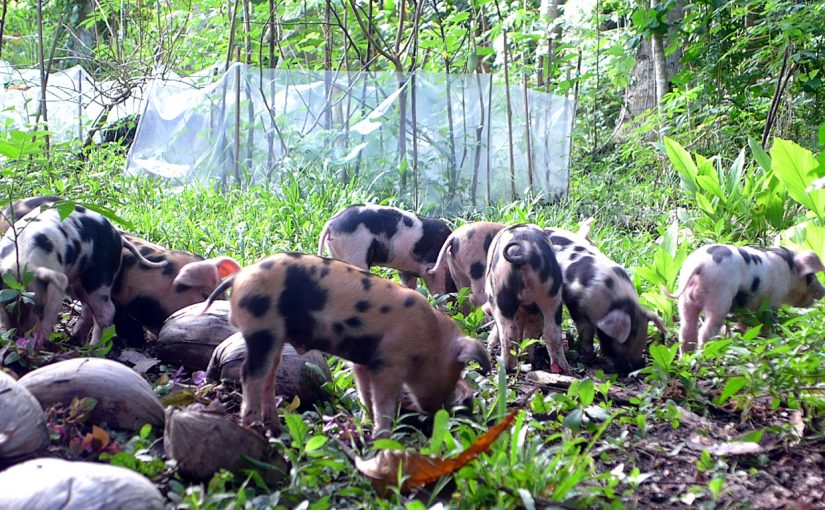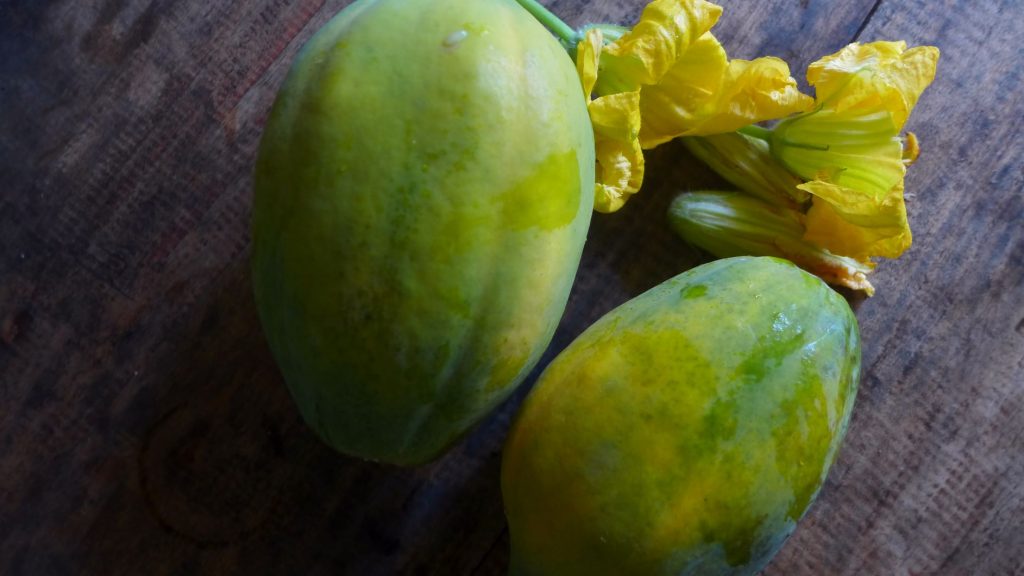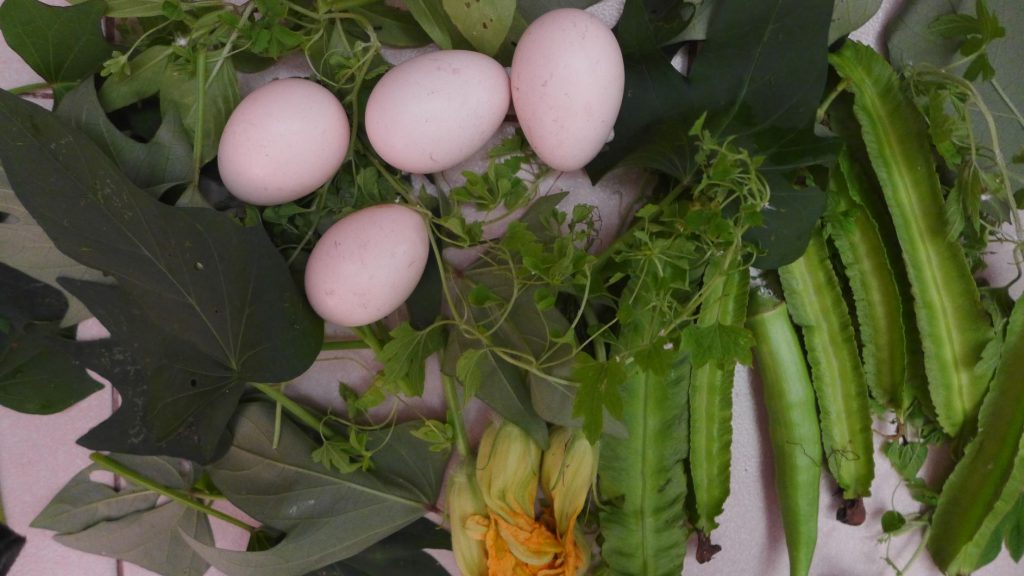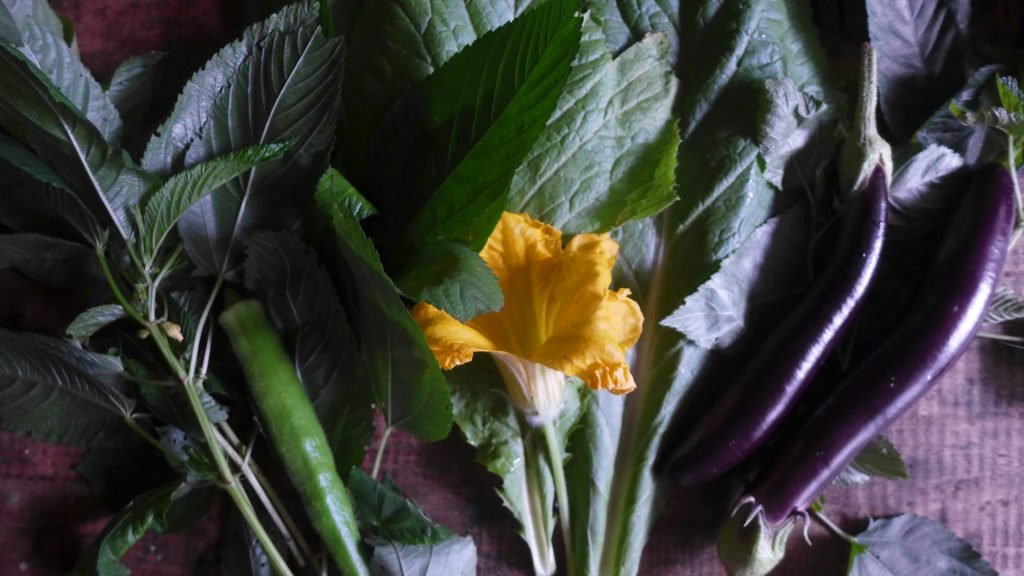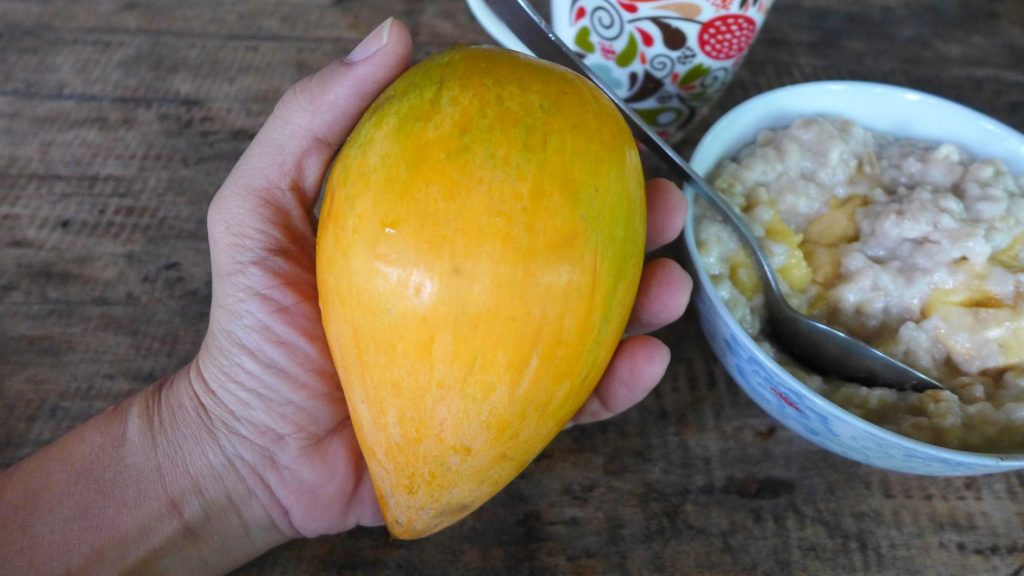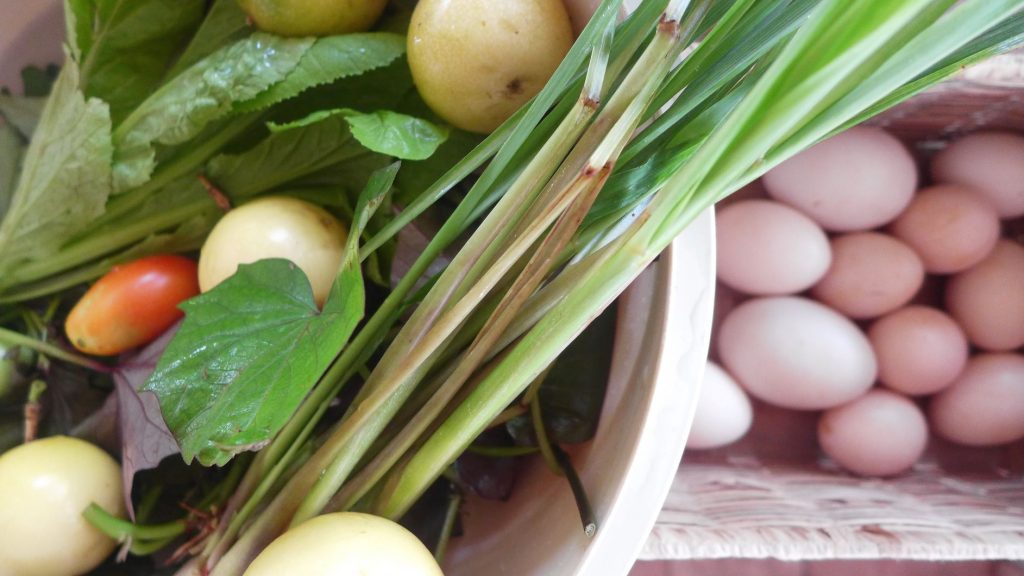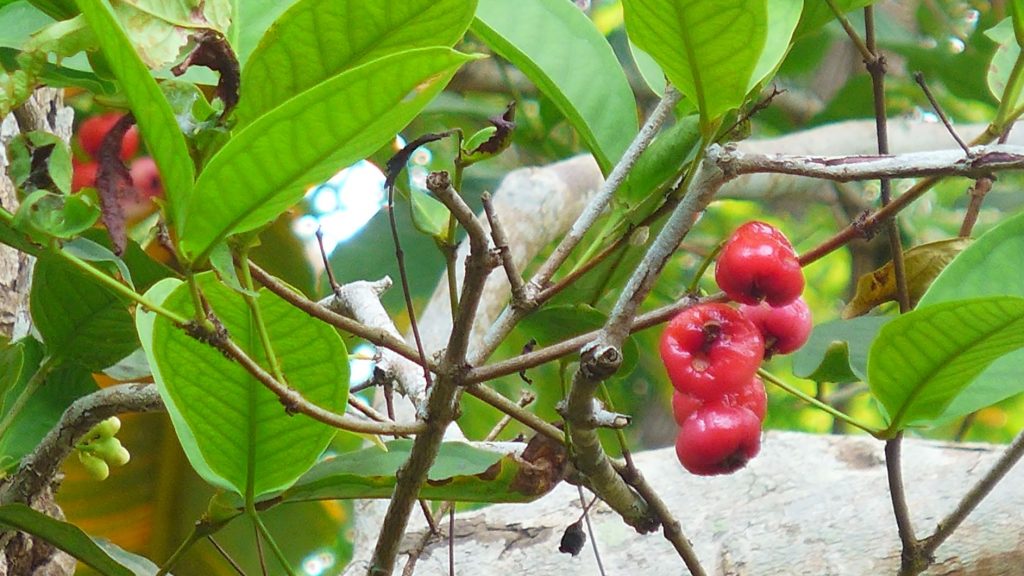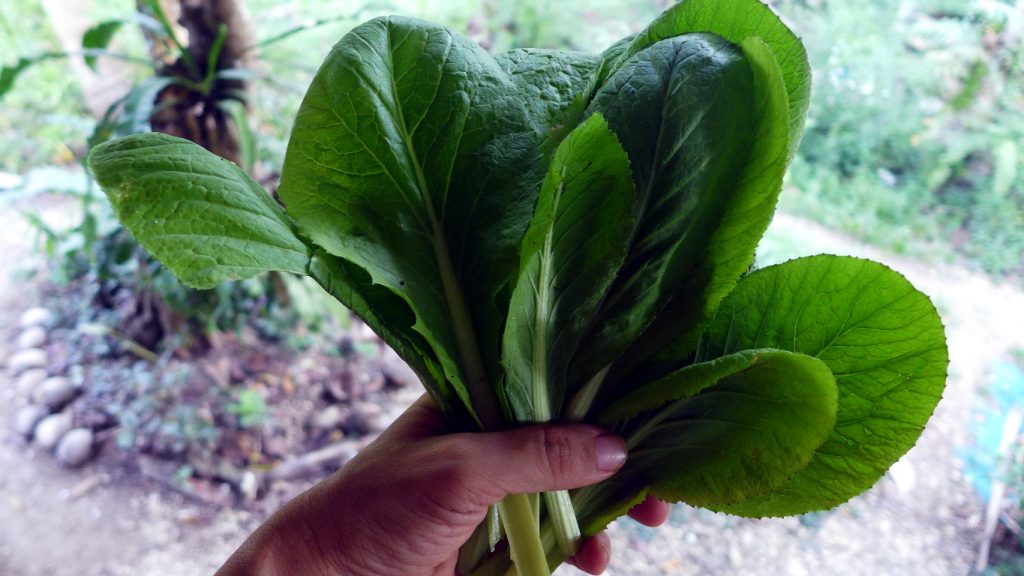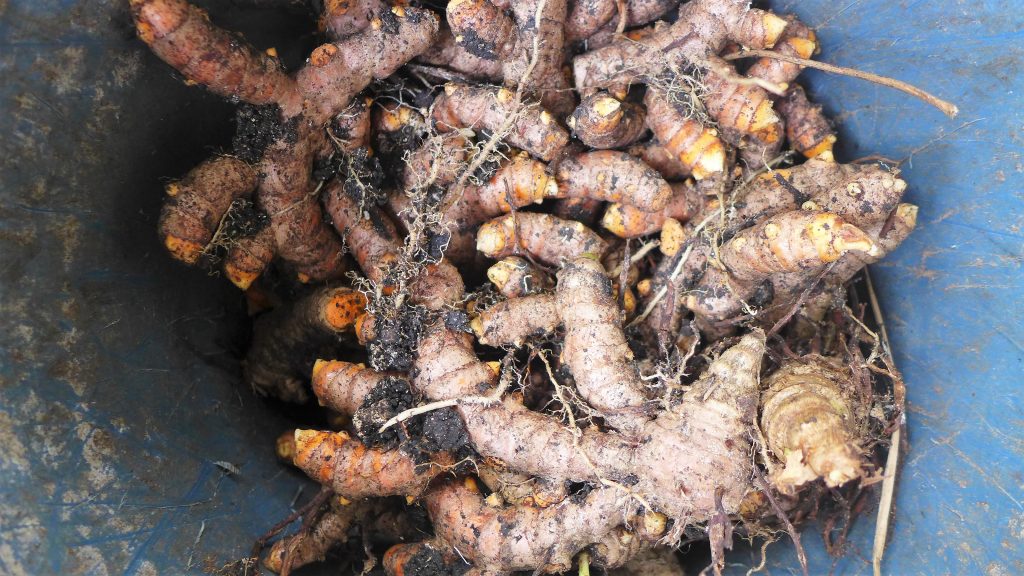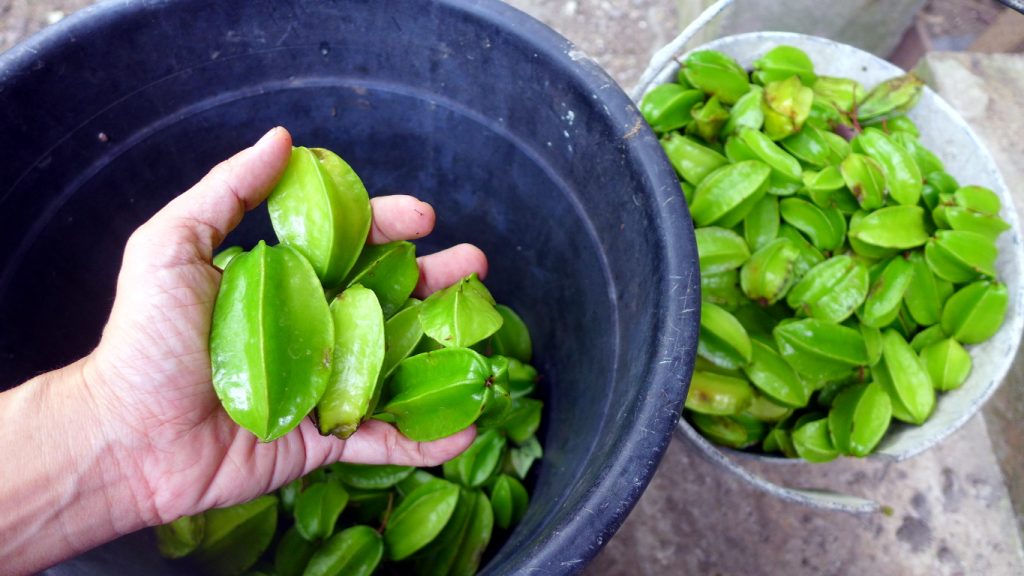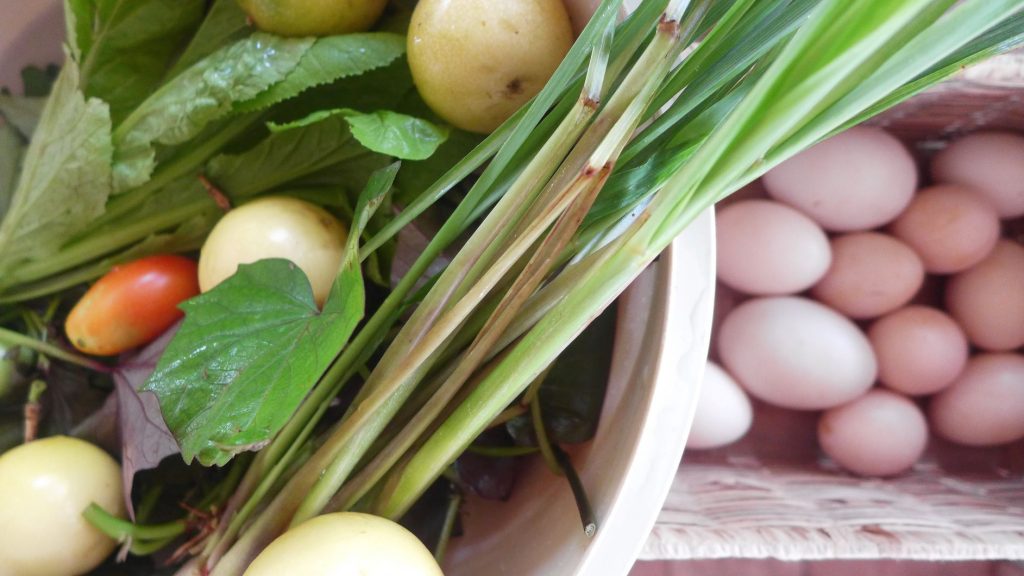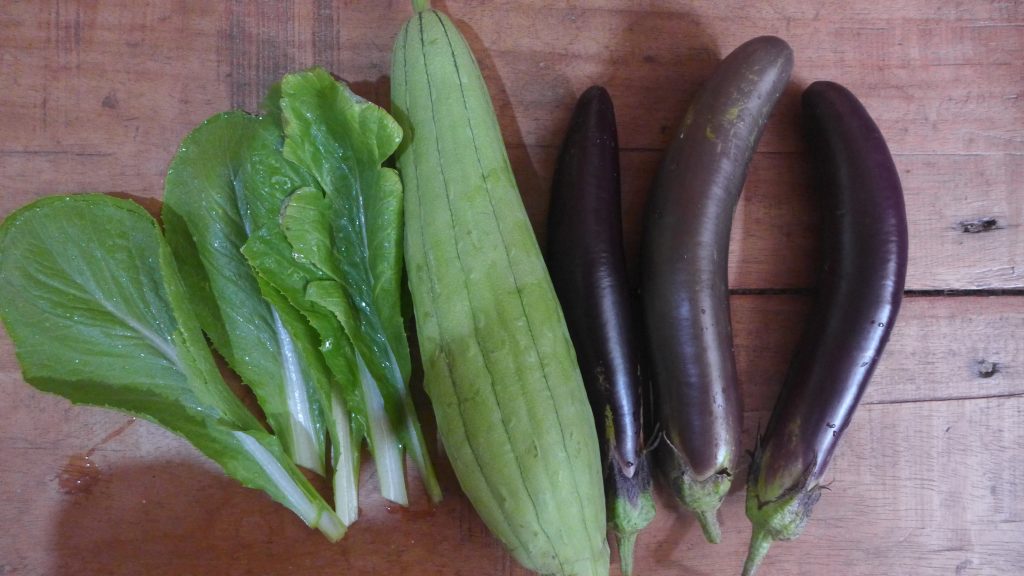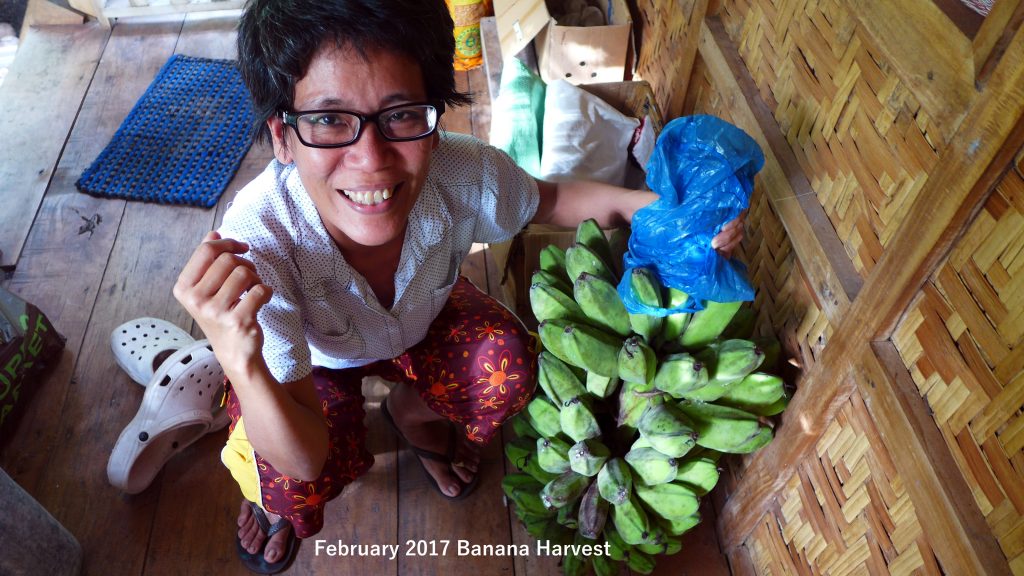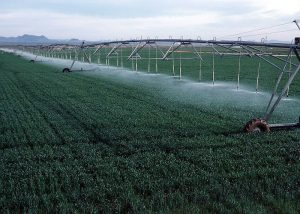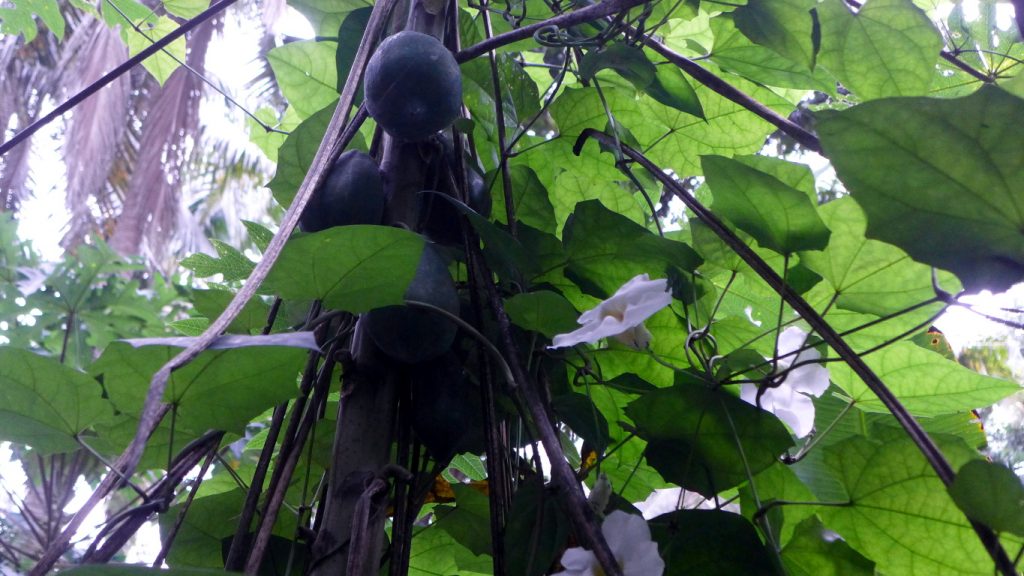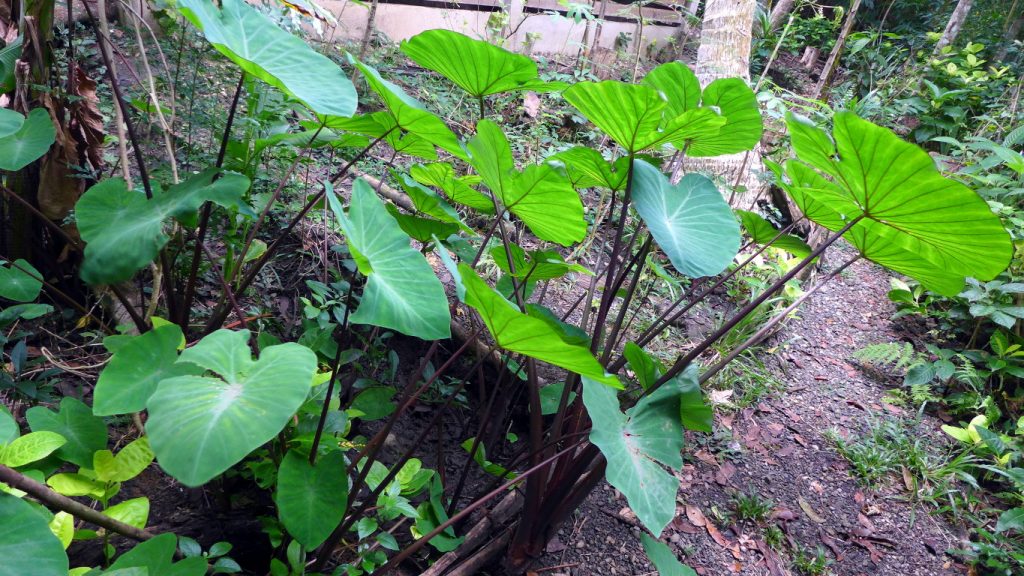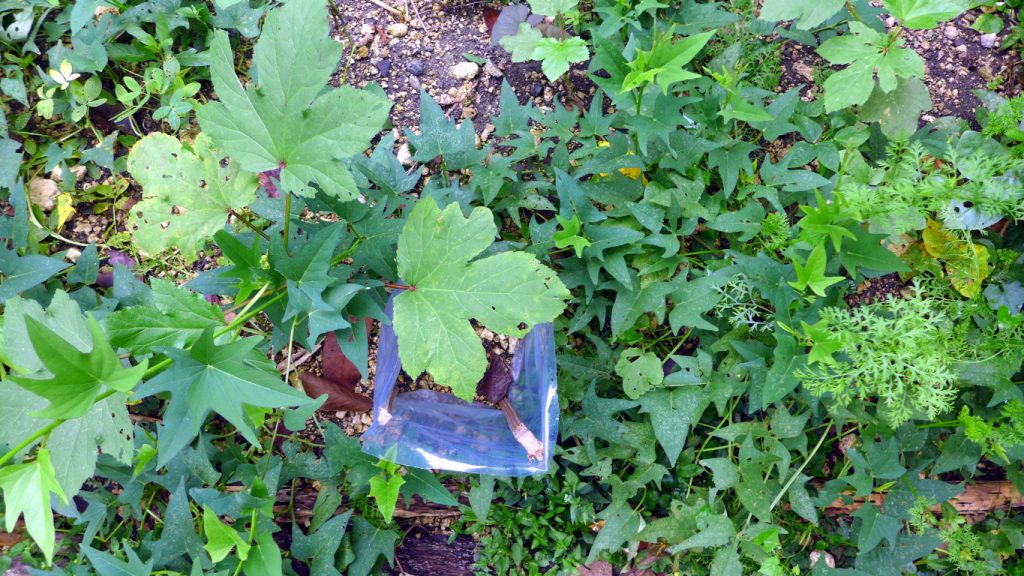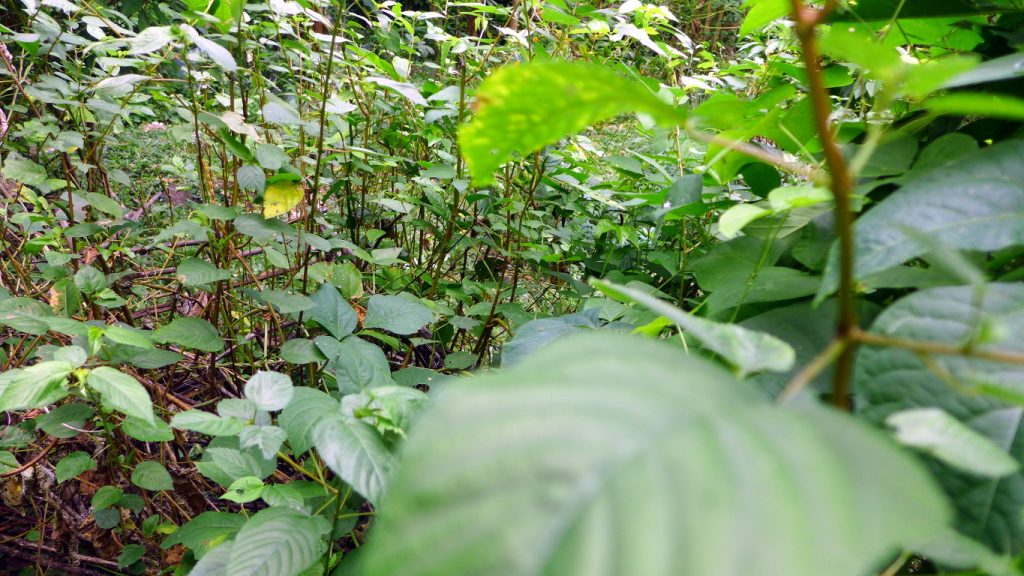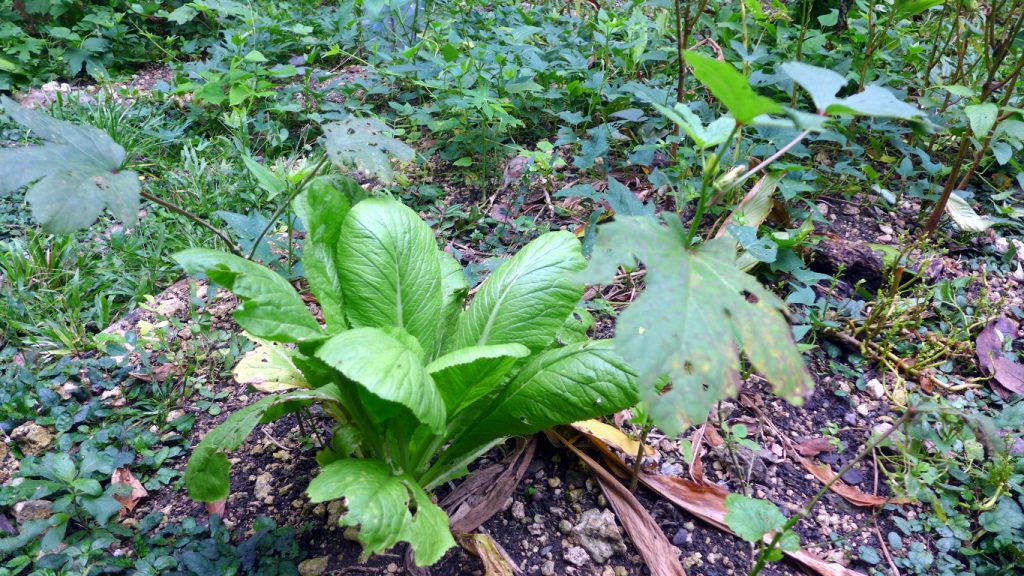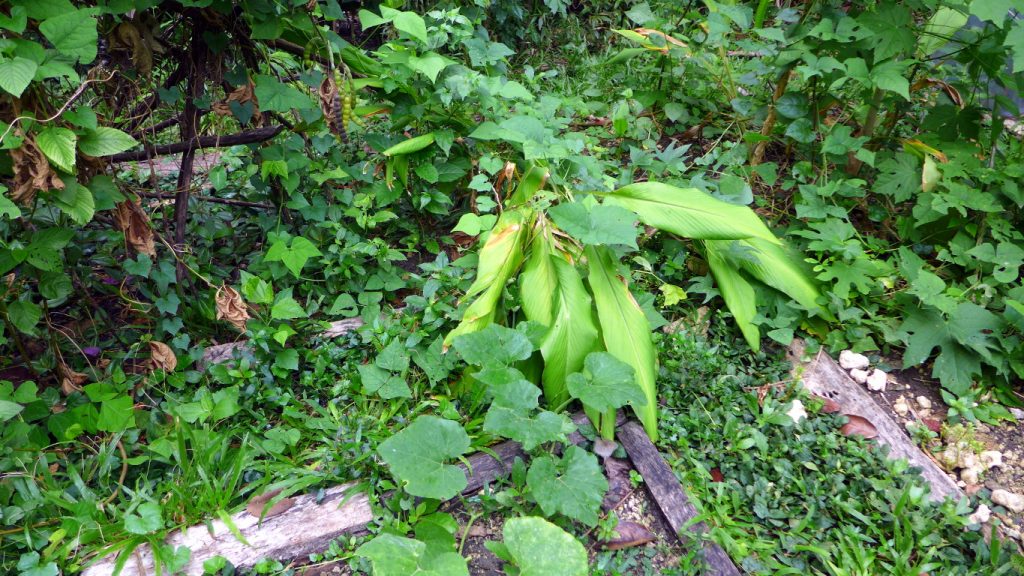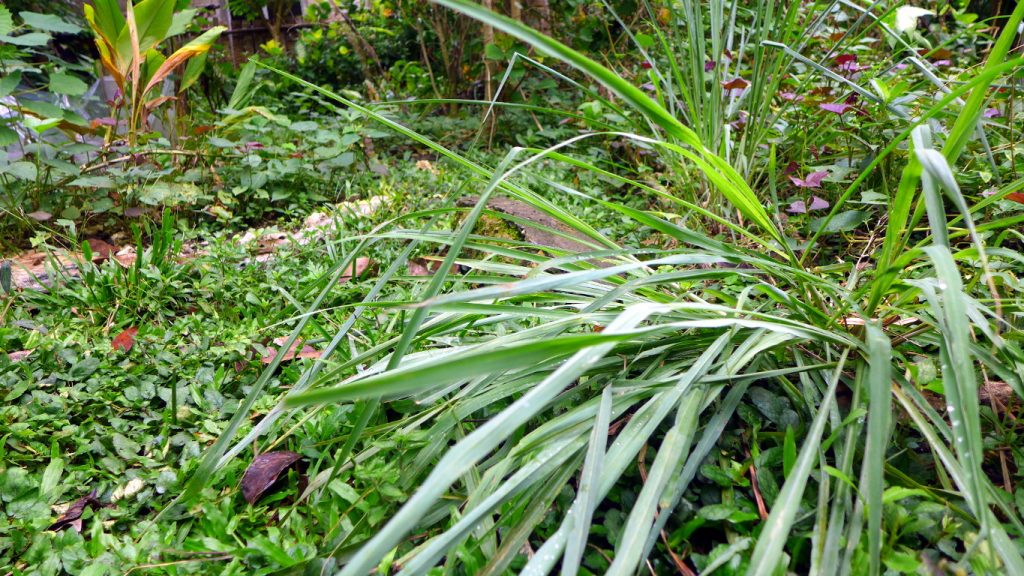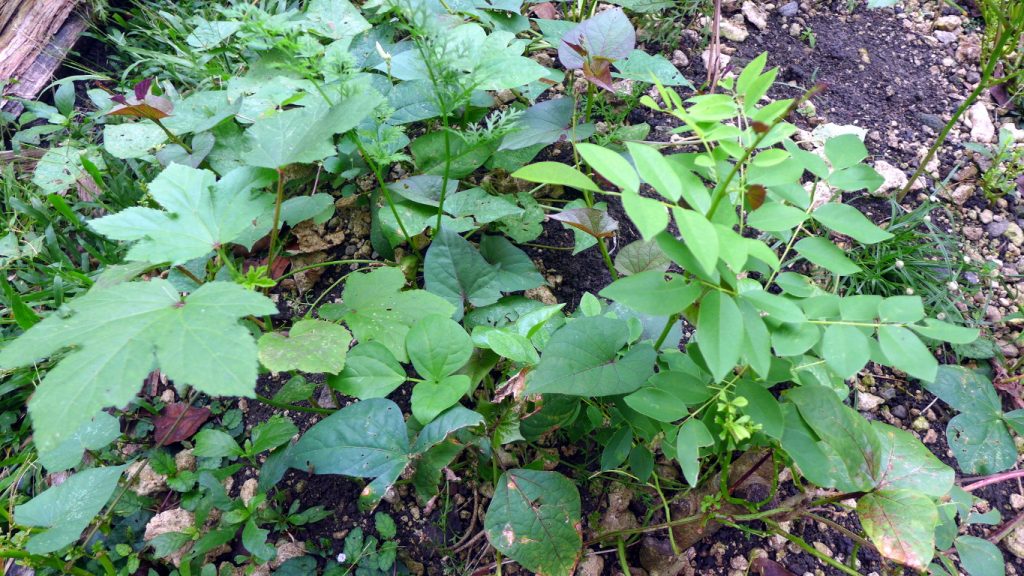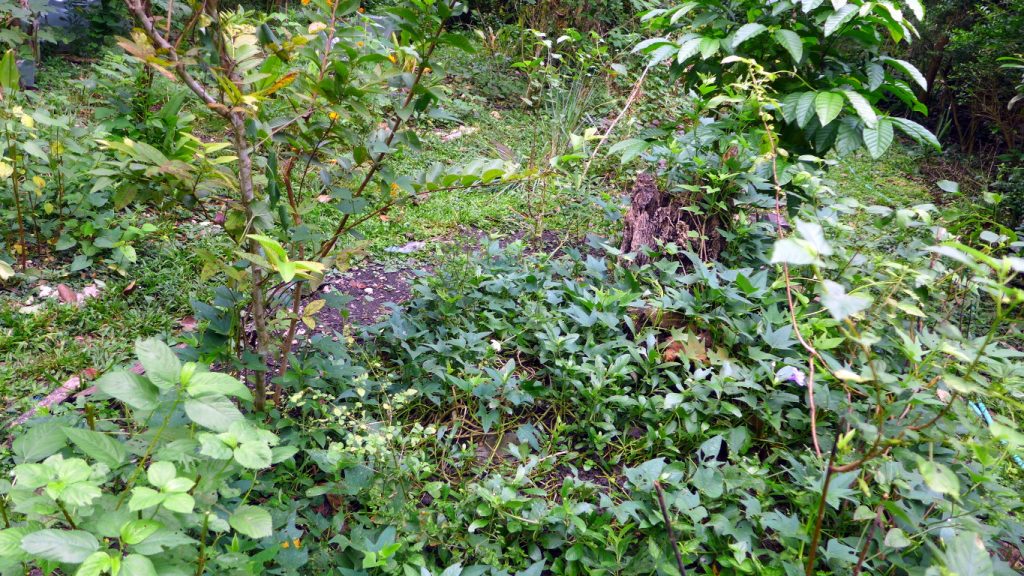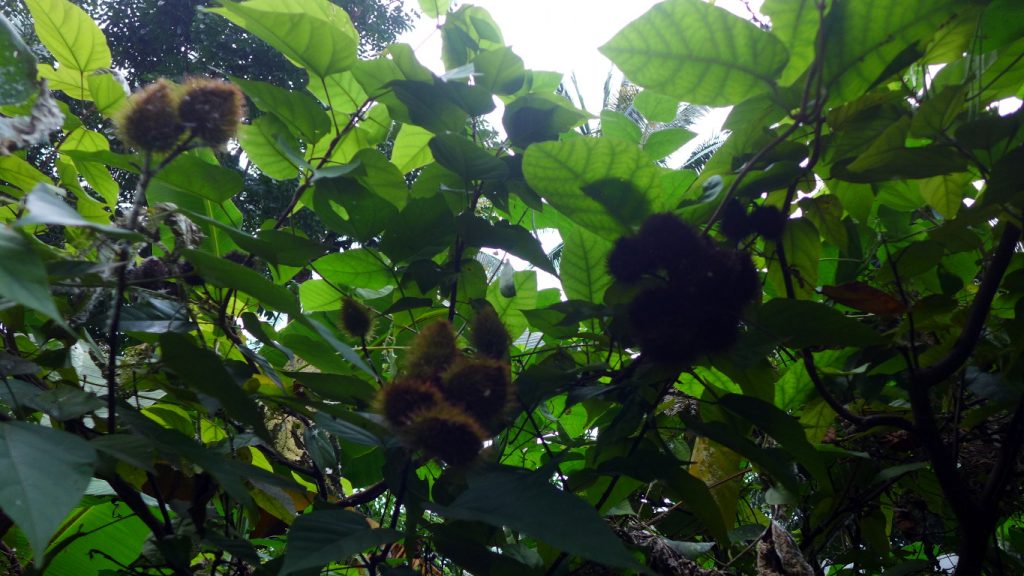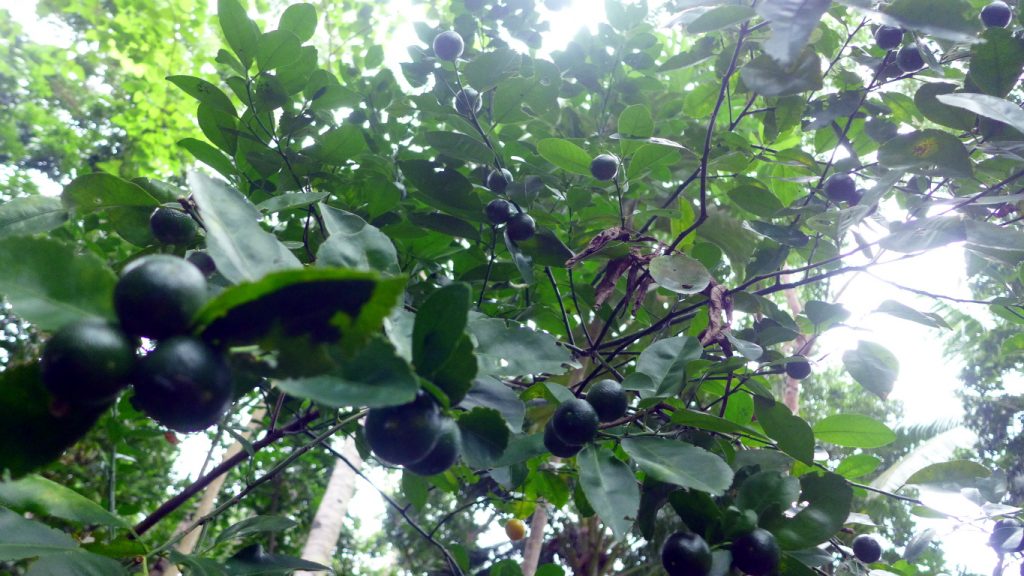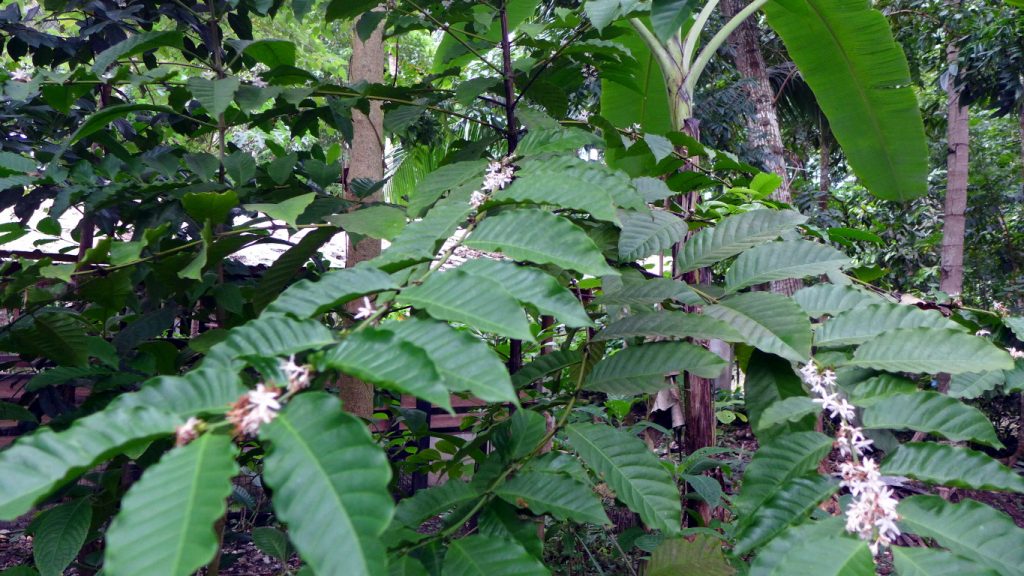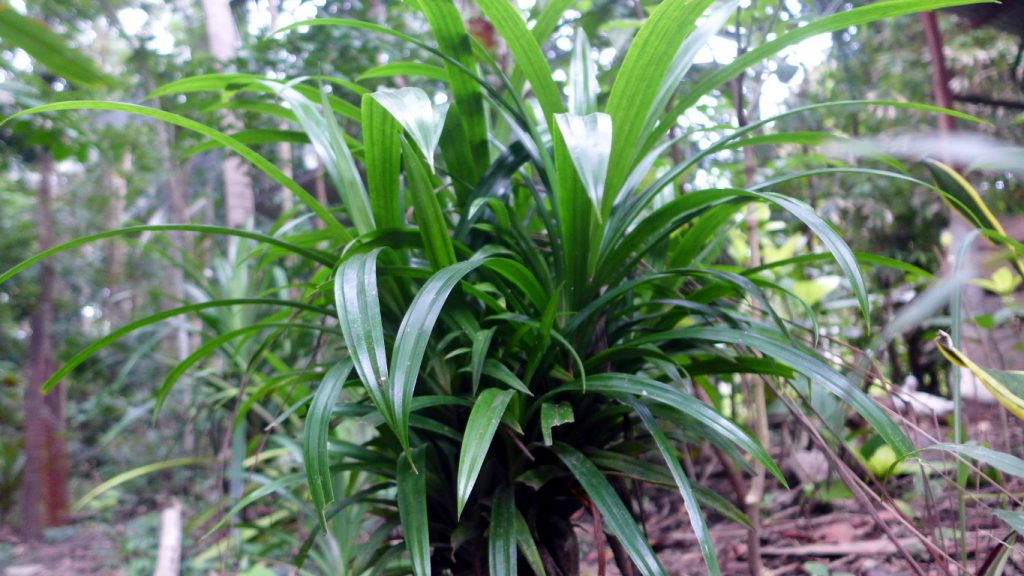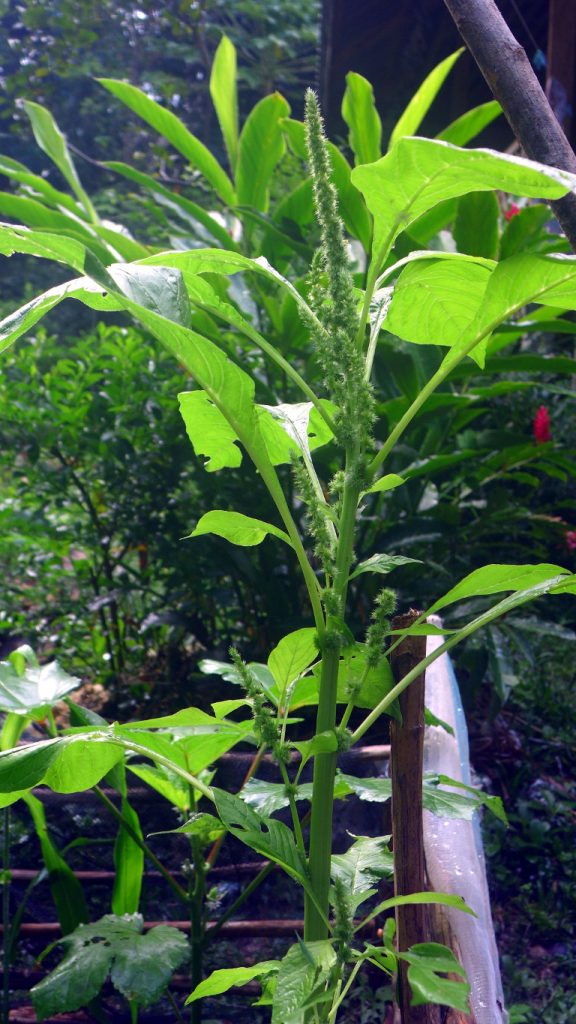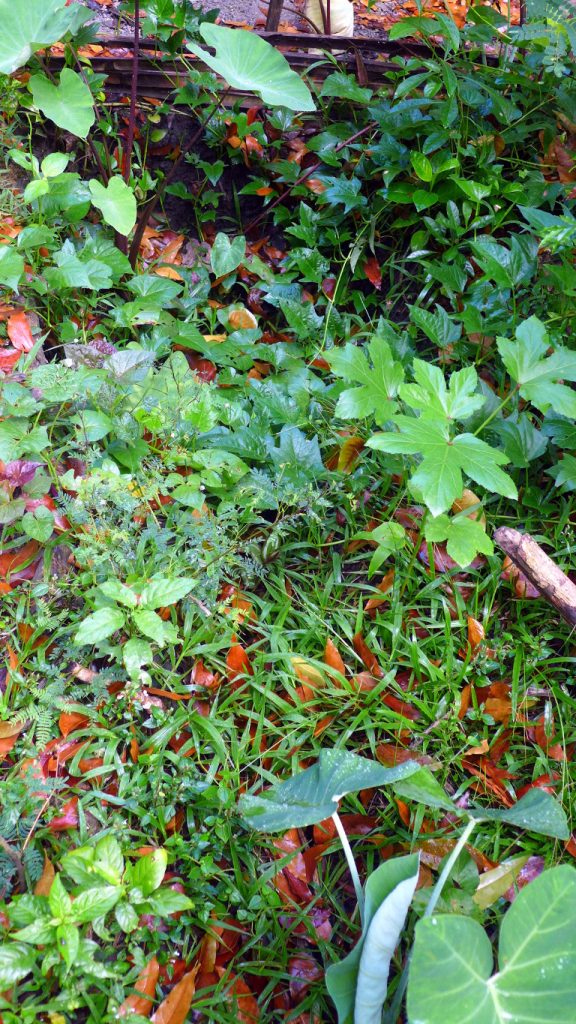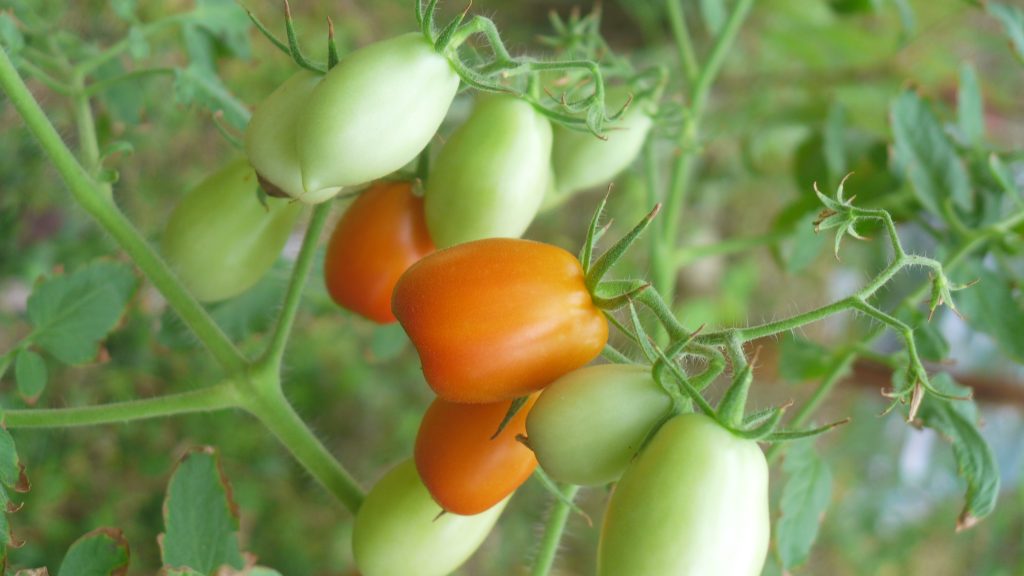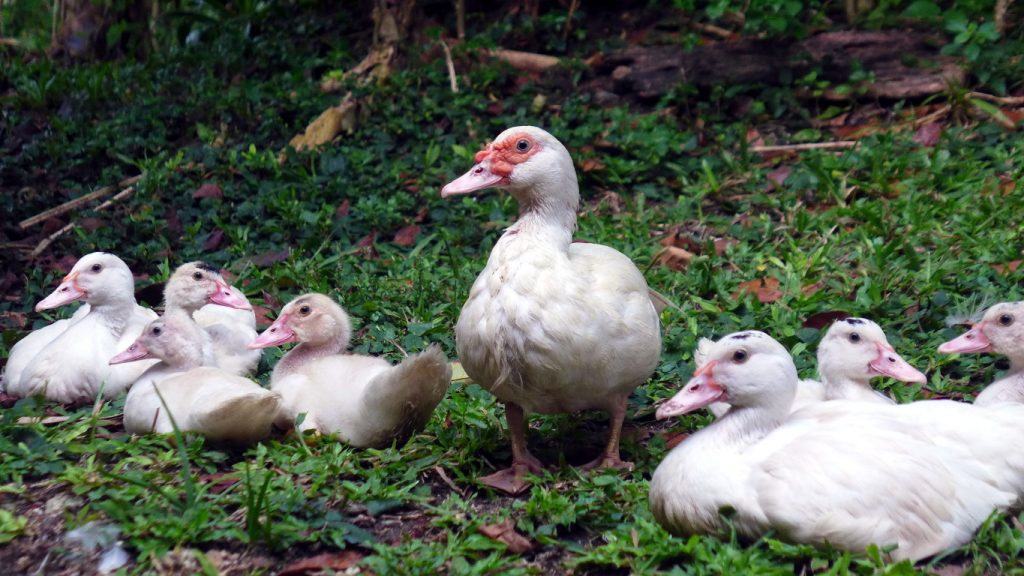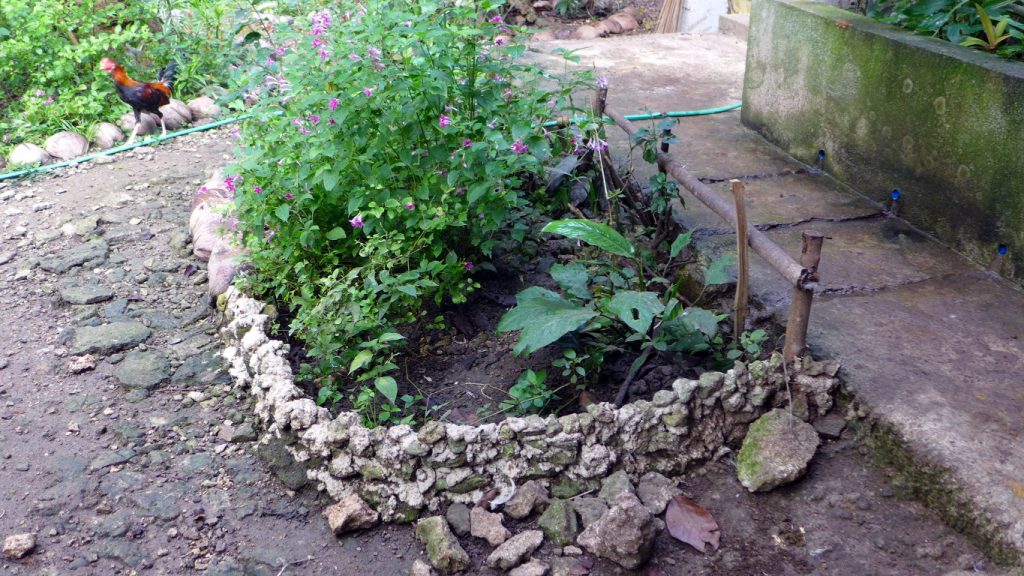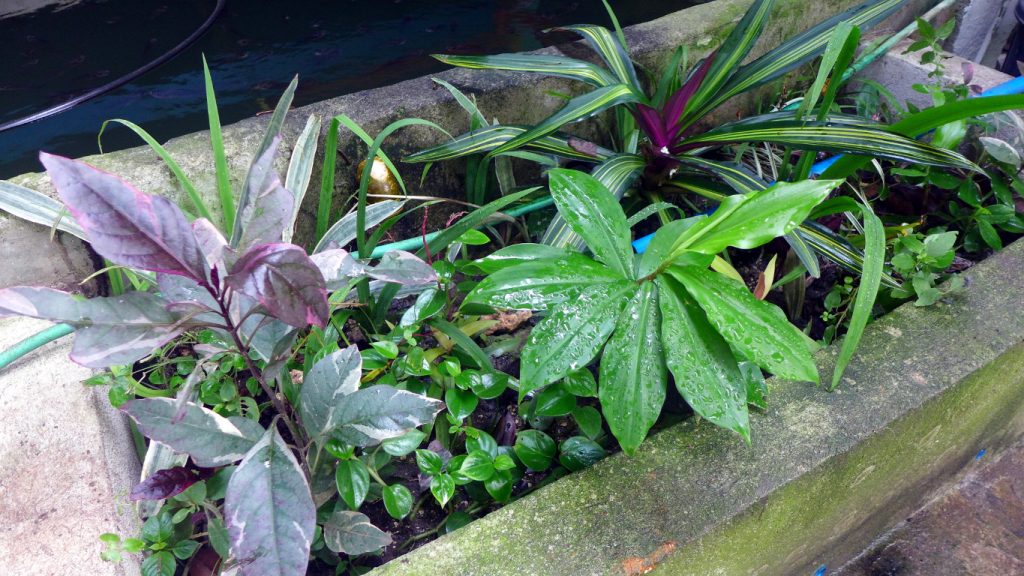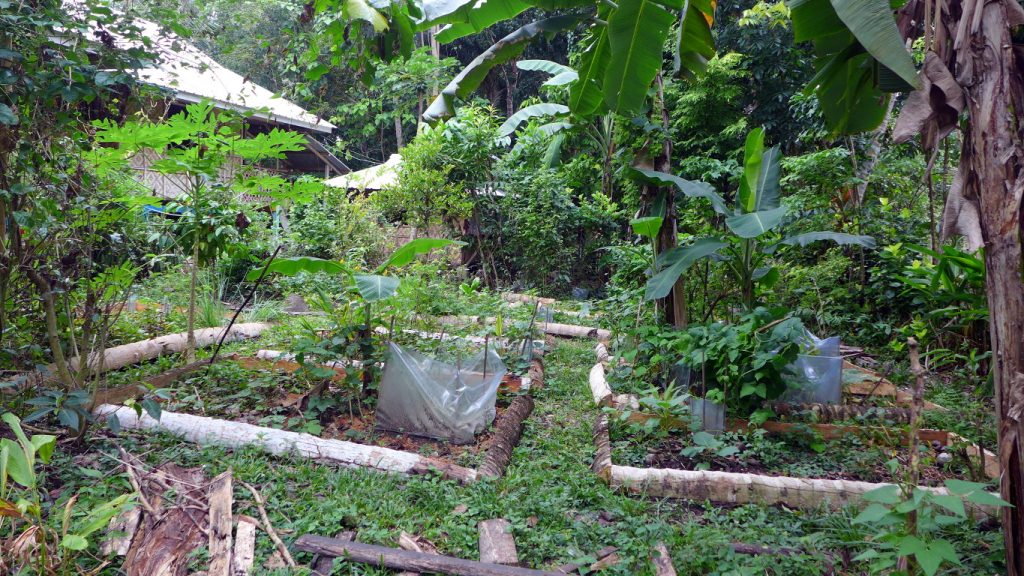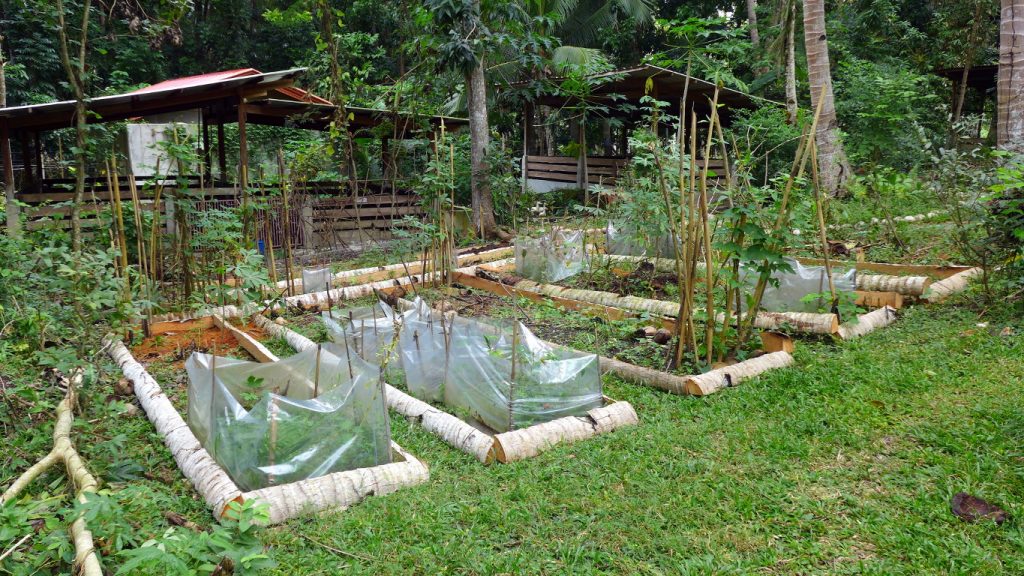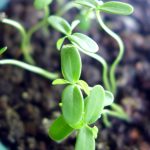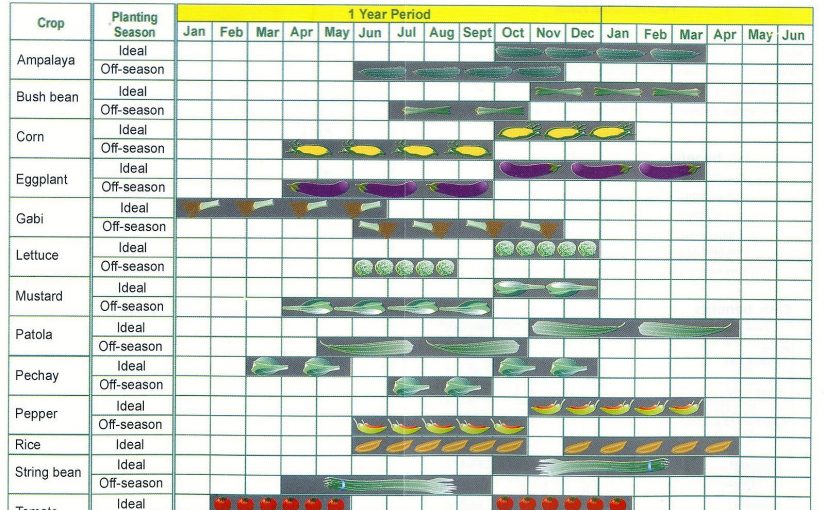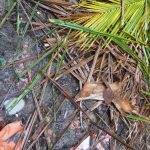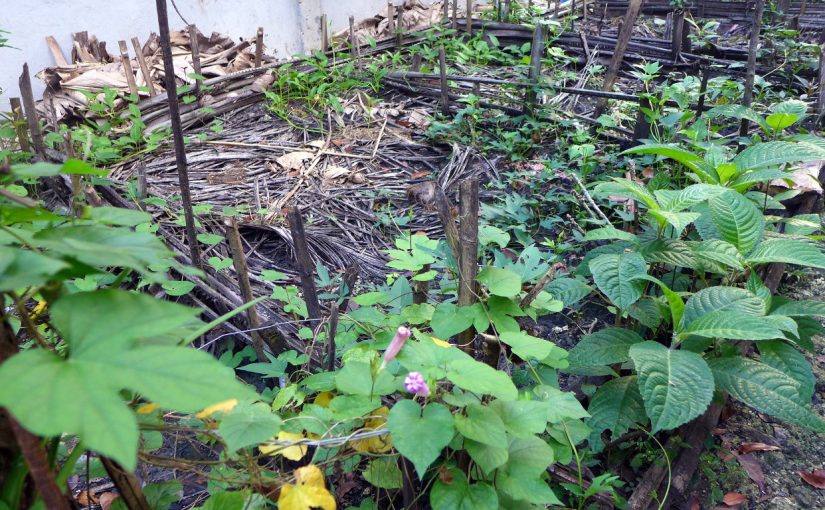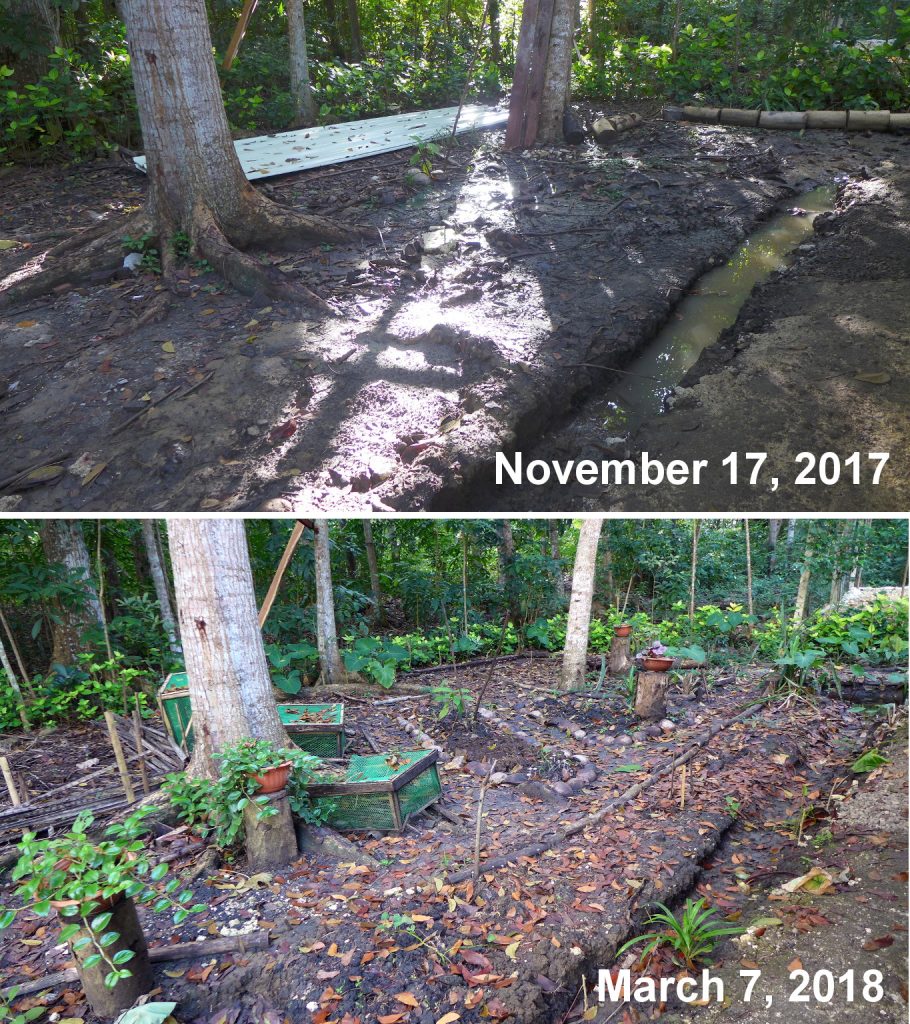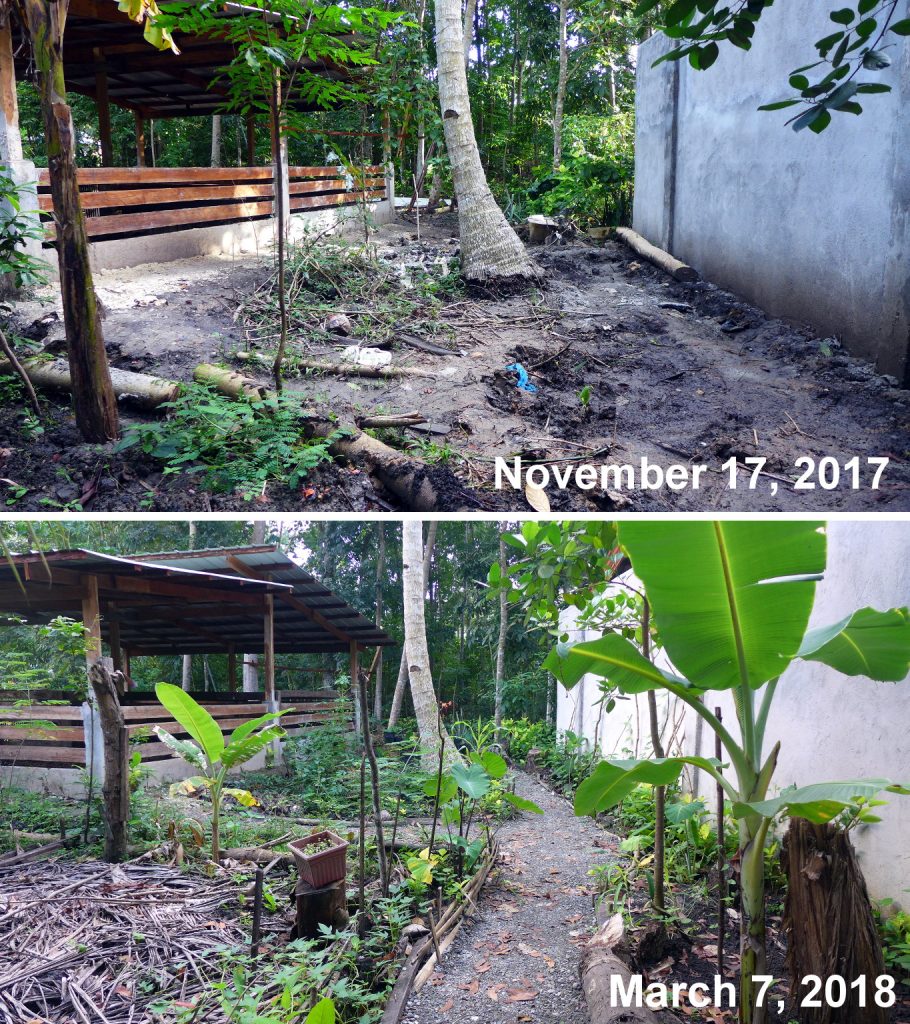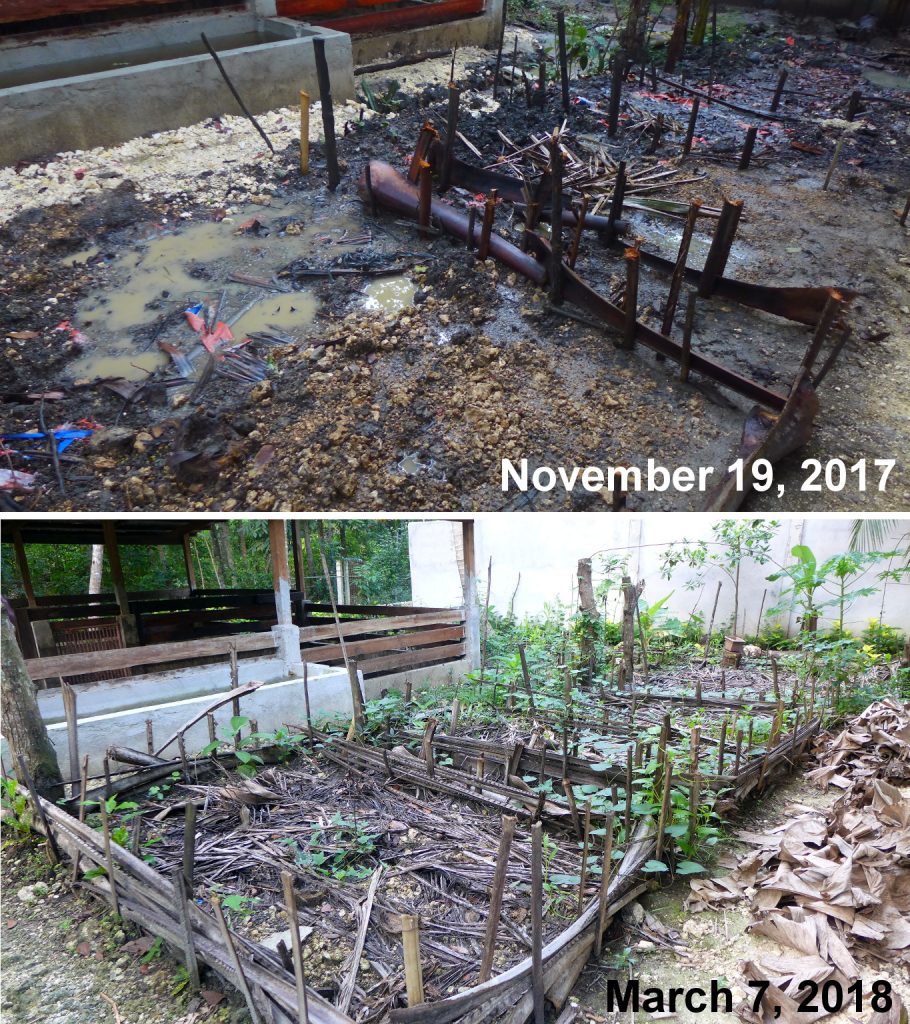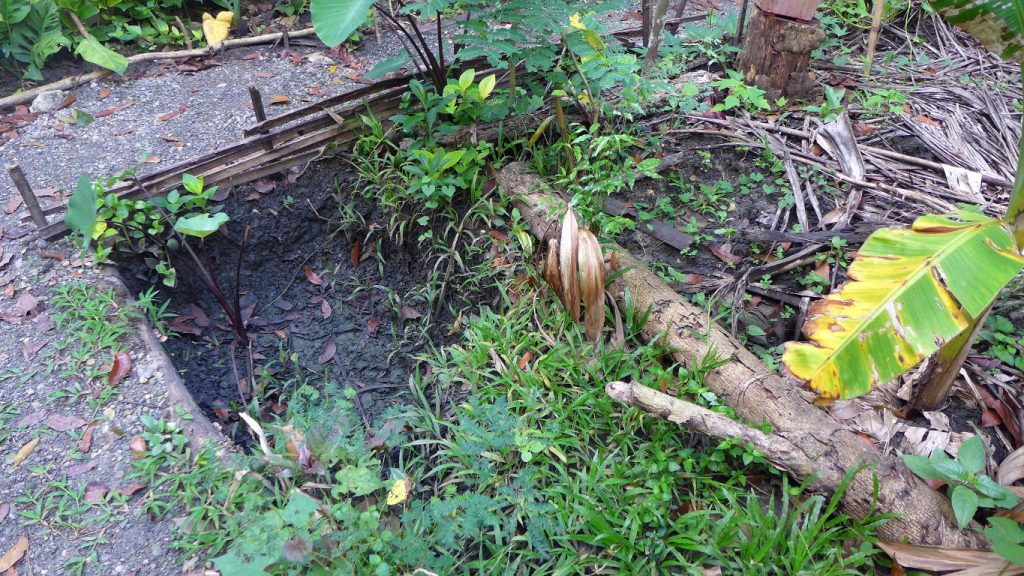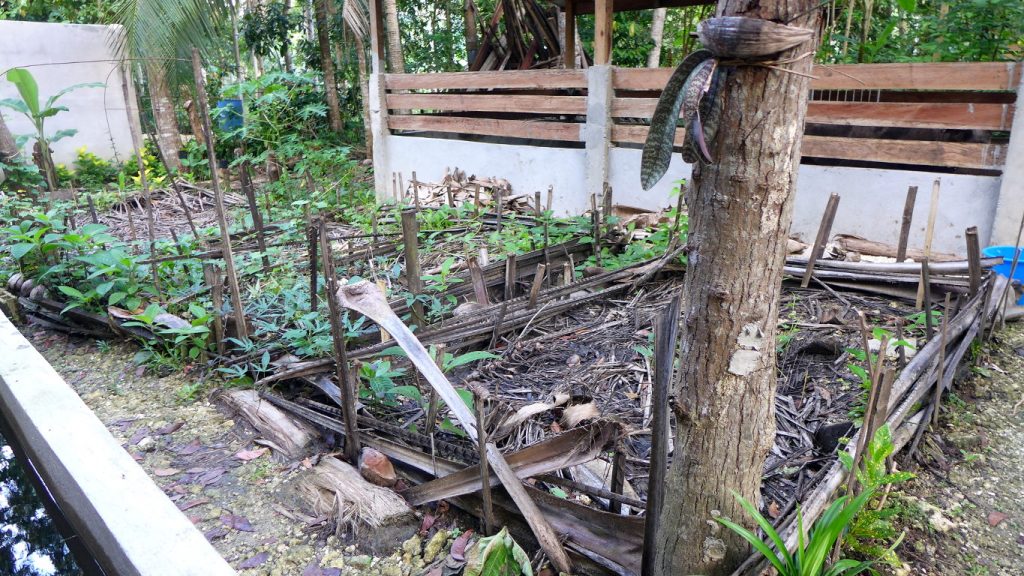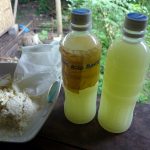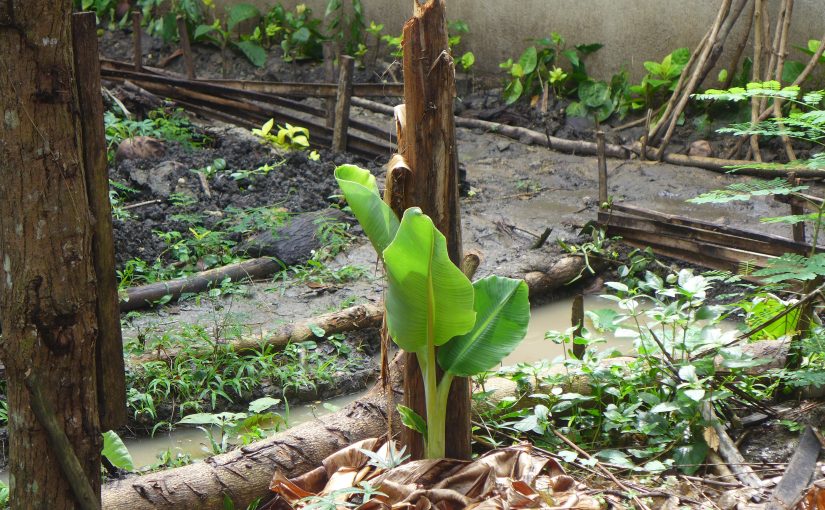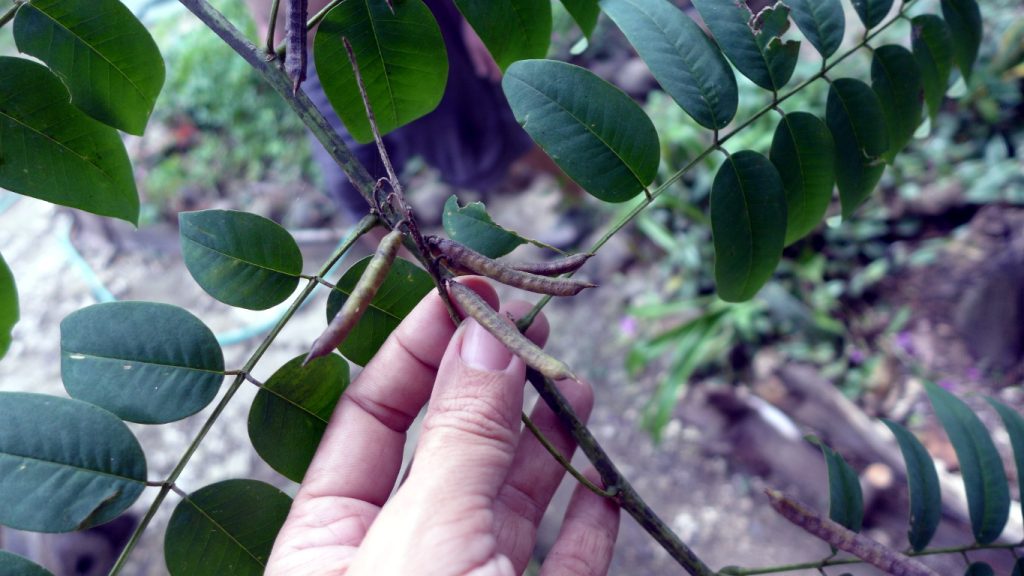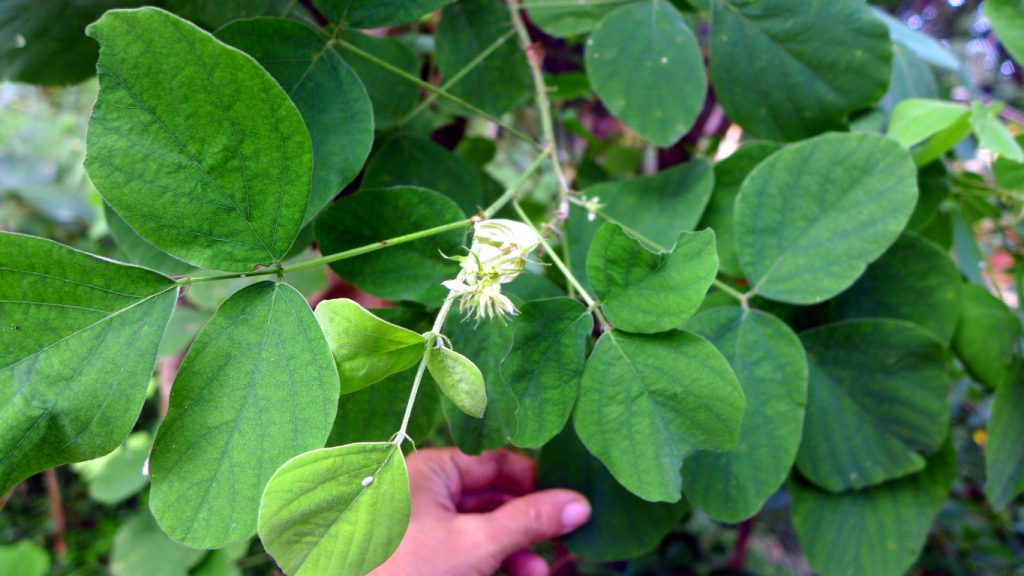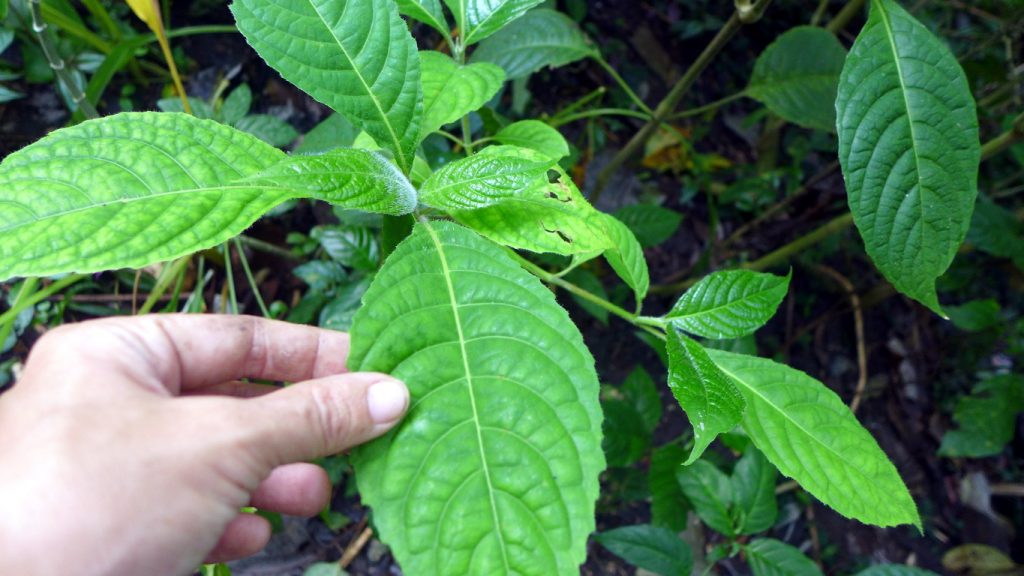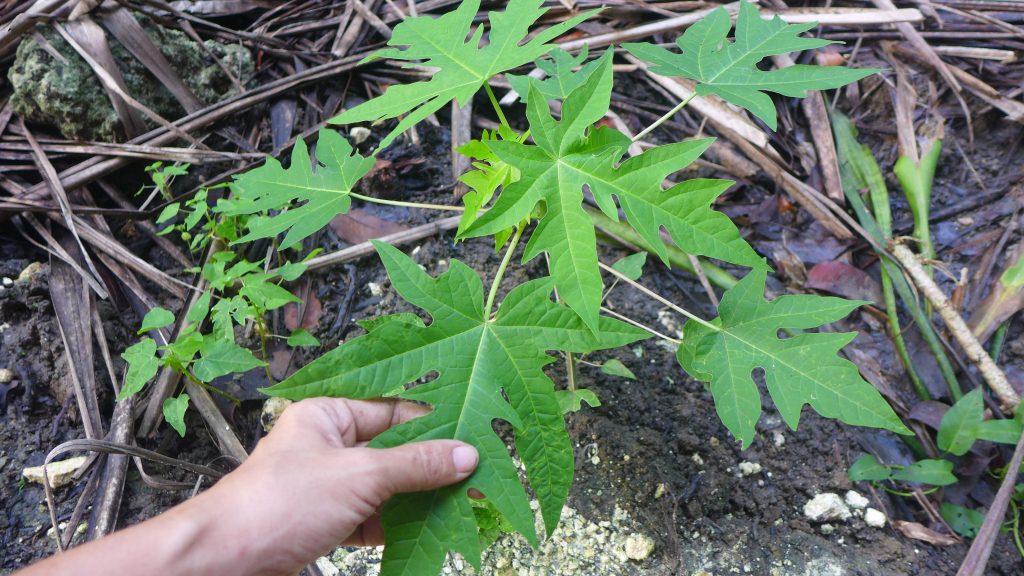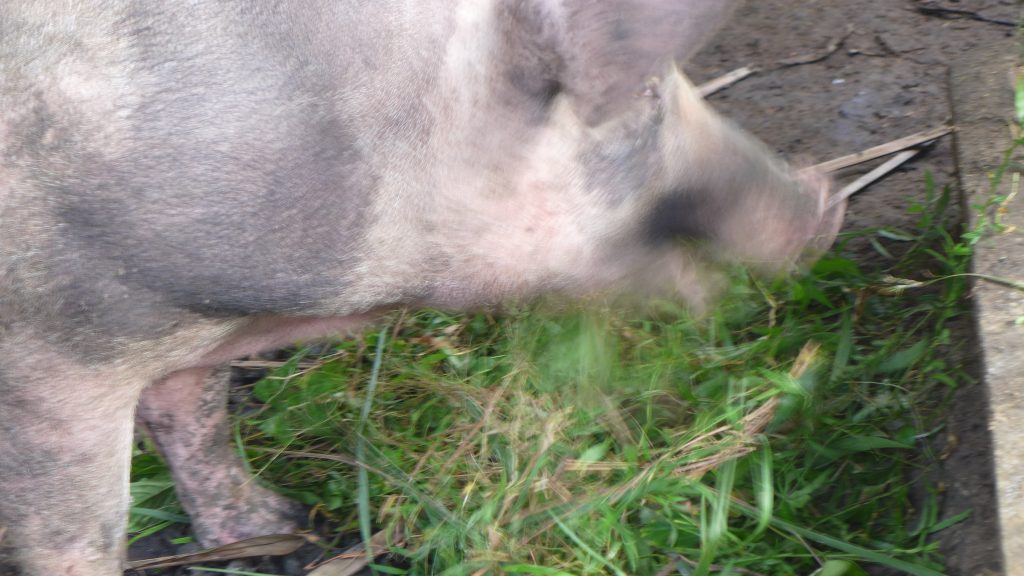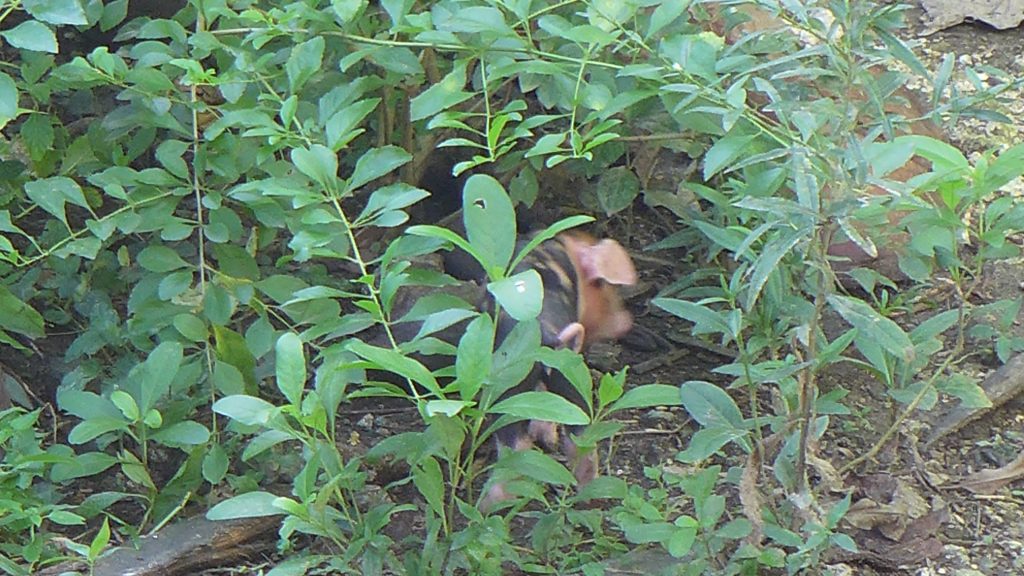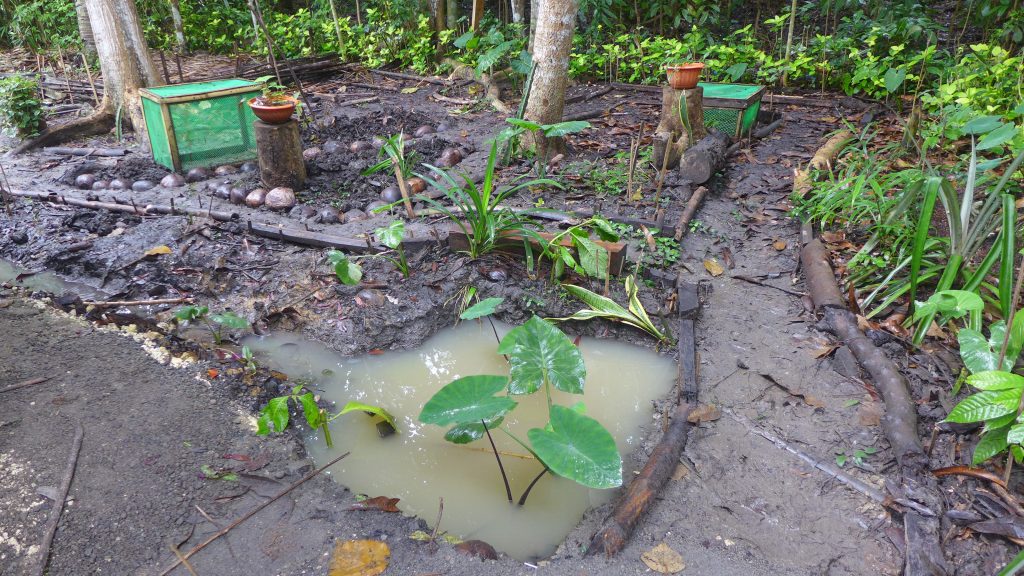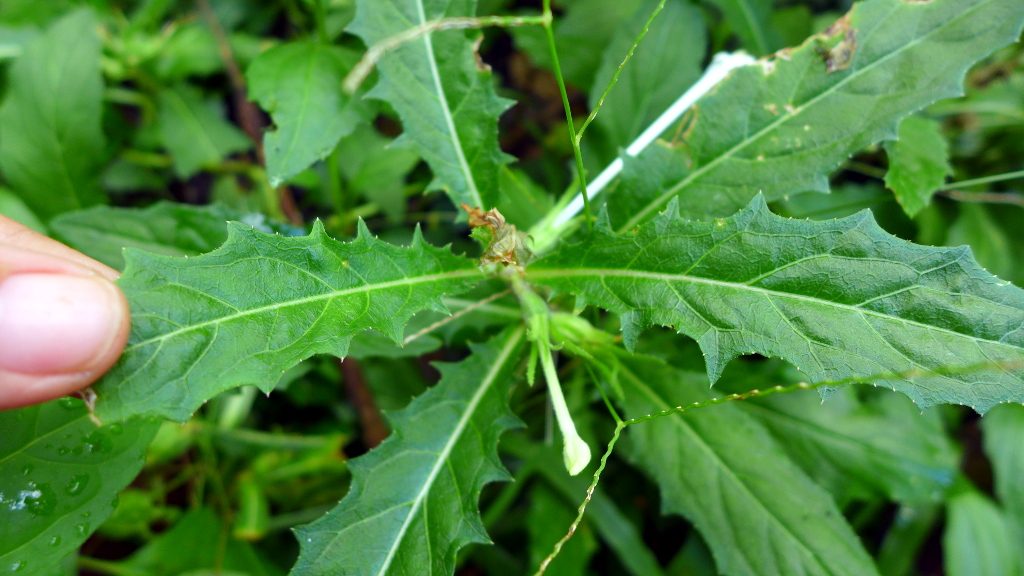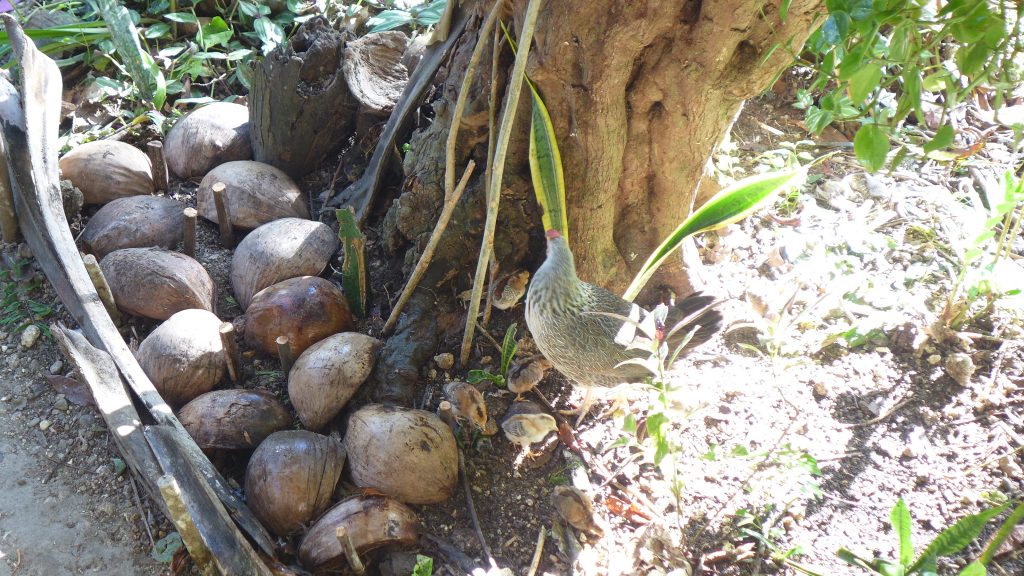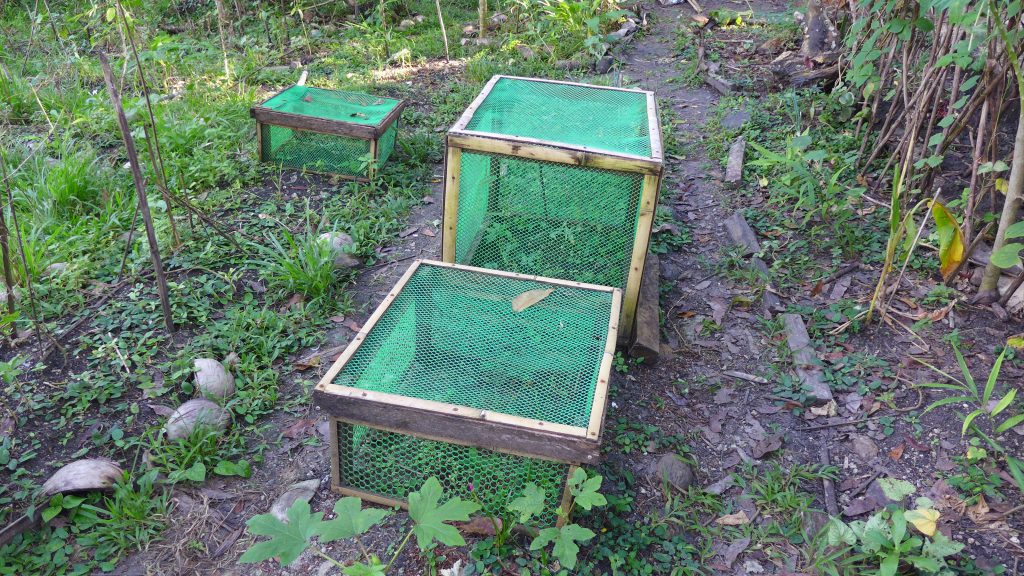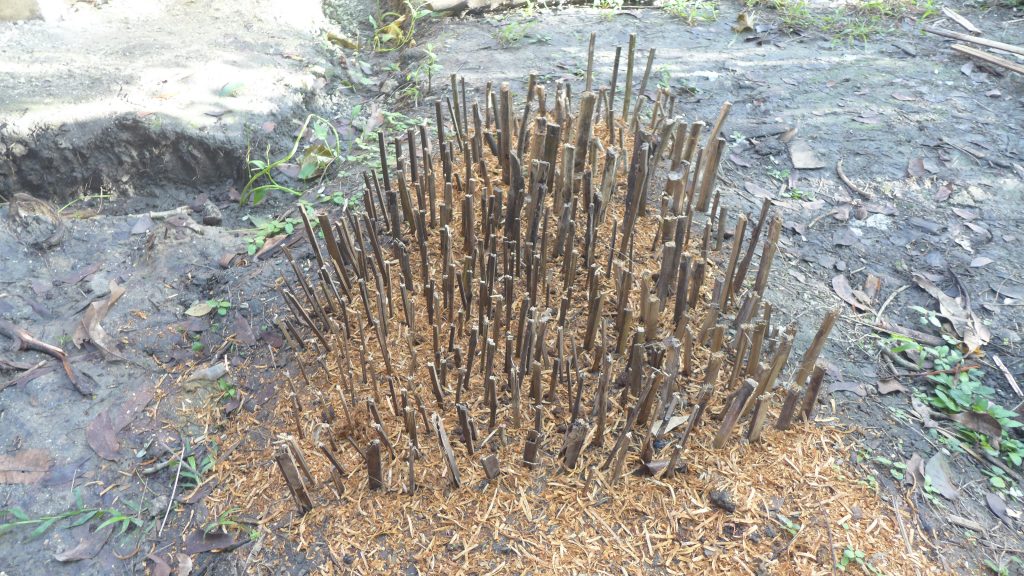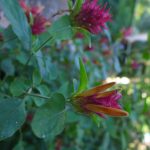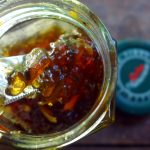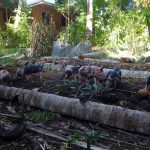PLANTING CALENDAR (PHILIPPINES)
I started planting vegetables late last year. At the moment, I have beautiful looking tomato and eggplant plants but no fruits yet. So I thought that maybe I made the mistake of planting in the wrong time of the year. I have asked around about best times to plant but it seems that most backyard farmers here don’t really know and simply follow the rice growing season; generally, they start planting their seeds at the onset of the rainy season. This seems logical for backyard farmers who have no irrigation system for their crops. However, planting off-season may also mean the crops won’t be producing until the ideal conditions (especially rainfall and temperature) are available, or they may die or not produce at all.
So I looked for a Crop Planting Calendar for the Philippines and found some information. I hope this serves as a useful guide for you. I intend to follow this guide (I think that Bohol is type Three Climate) and compare with the results of my efforts from last year. Ultimately, if I am able to record the results of various experiments with growing seasons, I will hopefully come up with the ideal growing calendar for our specific location. There may also be varieties of crops that may be planted off-season, and there are various technologies, such as irrigation, protected cropping or greenhouses, poly-tunnels, etc., that can be used to extend a crop’s growing season. I suggest you experiment, record your results to understand better the crops and conditions in your location.
TYPES OF CLIMATE
The Philippines has a wet and dry season and the relationship between these seasons create the 4 different types of climate in the country. Here are the 4 different types of climate in the Philippines:
TYPE ONE CLIMATE
Two pronounced wet and dry seasons: Dry from November to April; wet during the rest of the year. This covers the western part of the islands of Luzon, Mindoro, Negros and Palawan.
TYPE TWO CLIMATE
No dry season with very pronounced rainfall from November to January. The areas covered are Catanduanes, Sorsogon, the eastern part of Albay, the eastern and northern part of Camarines Norte and Camarines Sur, a great portion of the eastern part of Quezon, the eastern part of Leyte and a large portion of eastern Mindanao.
TYPE THREE CLIMATE
Season not very pronounced, relatively dry from November to April and wet during the rest of the year. Areas covered are the western part of Cagayan (Luzon), Isabela, Nueva Vizcaya, the eastern portion of the Mountain Province, southern Quezon, the Bondoc Peninsula. Masbate, Romblon, Northeast Panay, Eastern Negros, Central and Southern Cebu, part of Northern Mindanao and most of Eastern Palawan.
TYPE FOUR CLIMATE
Rainfall more or less evenly distributed throughout the year. The area covered: are Batanes Province, Northeastern Luzon, Western Camarines Norte and Camarines Sur, Albay, Eastern Mindoro, Marinduque, Western Leyte, Northern Negros and most of Central, Eastern and Southern Mindanao.
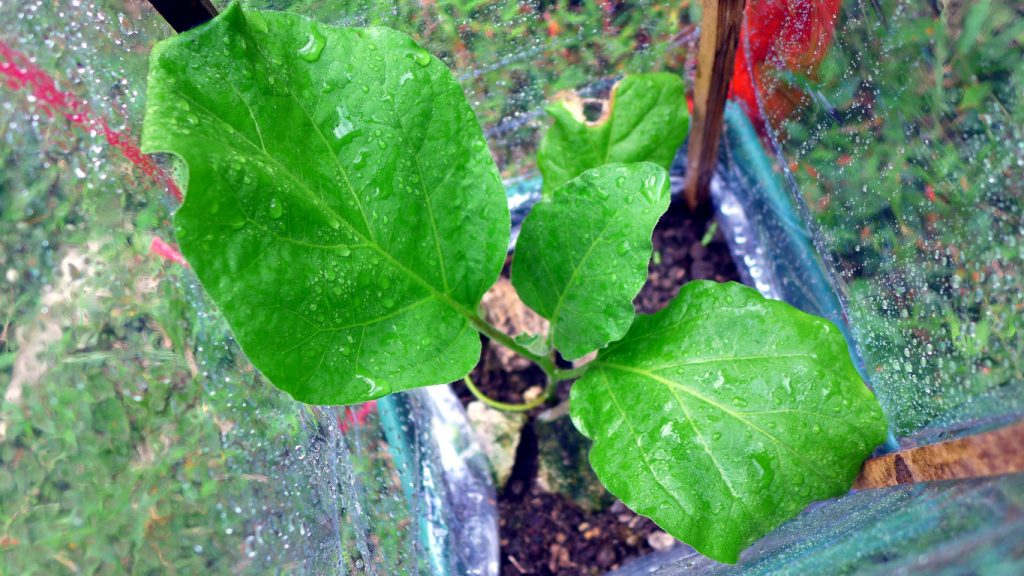
Here is the Planting Calendar organized according to the Type of Climate:
TYPE ONE CLIMATE
Two pronounced seasons: Dry from November to April; wet during the rest of the year. This covers the western part of the islands of Luzon, Mindoro, Negros and Palawan.
RICE
Lowland (June to September and October to December)
Palagad (January to February)
Upland (April to June)
CORN
Dry Season (October to January)
Rainy Season (May to June)
PEANUT
Dry Season (November to January)
Rainy Season (May to June)
BEANS
Batao (May to June)
Bountiful Bean (May to June and October to December)
Cowpea (May to June and October to November)
Cadius (May to June)
Mungo (July to September and November to February)
Patani (May to June and October to January)
Saguidillas (May to June)
Sitao (May to June and November to February)
Soybean (May to June)
LEAFY VEGETABLES
Cabbage (October to December)
Cauliflower (October to February)
Celery (October to February)
Lettuce (August to January)
Mustard (August to January)
Pechay (October to December)
FRUIT VEGETABLES
Ampalaya (May to July and October to January)
Cucumber (May to June and September to December)
Eggplant (May to June and February to September)
Melon (October to January)
Muskmelon (October to December)
Okra (May to June and October to December)
Patola (May to June)
Squash (May to June and October to December)
Tomato (October to January)
Upo (October to January)
Watermelon (November to January)
ROOT VEGETABLES
Sweet Potato (May to June and December to February)
Gabi (May to June)
Ginger (May to June)
Radish (October to December)
Sinkamas (October to December)
Tugue (May to June)
Ube (May to June)
Cassava (May to June and October to December)
OTHERS
Garlic (October to December)
Onion (October to December)
Sweet Pepper (May to June and September to December)
Condol (May to June and October to December)
Chayote (May to June and October to December)
Spinach (October to November)
Sweet Peas (October to December)
Carrot (October to December)
White Potato (October to December)
Talinum (May to June and October to December)
Kutchai (October to December)
Arrowroot (May to June)
Tapilan (May to June and September to October)
Beets (October to January)
Jute (May to June)
Endive (September to October)
Snapbeans (October to December)
TYPE TWO CLIMATE
No dry season with very pronounced rainfall from November to January. The areas covered are Catanduanes, Sorsogon, the eastern part of Albay, the eastern and northern part of Camarines Norte and Camarines Sur, a great portion of the eastern part of Quezon, the eastern part of Leyte and a large portion of eastern Mindanao.
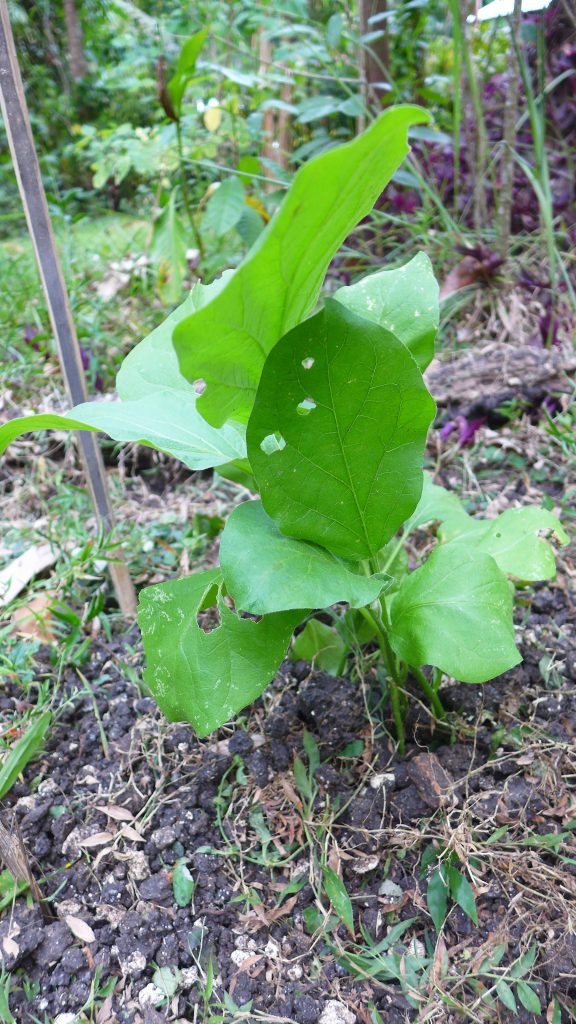
RICE
Lowland (October to December)
Palagad (May to July)
Upland (June to August and September to November)
CORN
Dry Season (March to May)
Rainy Season (January to February and August to September)
PEANUT
Dry Season (January to February)
Rainy Season (May to June)
BEANS
Batao (February to April
Bountiful Bean (January to May)
Cowpea (January to March and May to June)
Cadius (February to March)
Mungo (February to June)
Seguidillas (February to April)
Sitao (May to June)
Soybean (January to March)
Tapilan (January to March and August to October)
LEAFY VEGETABLES
Cabbage (January to March)
Cauliflower (January to March)
Celery (January to March)
Lettuce (March to June)
Mustard (January to March)
Pechay (January to March)
FRUIT VEGETABLES
Ampalaya (June to August and November to February)
Cucumber (March to April)
Eggplant (January to April and August to September)
Melon (March to June)
Muskmelon (March to June)
Okra (Whole Year)
Patola (March to September)
Squash (Whole Year)
Tomato (January to April and August to September)
Upo (November to March)
Watermelon (January to March)
ROOT VEGETABLES
Sweet Potato (Year Round)
Gabi (Year Round)
Ginger (Year Round)
Radish (November to December and March to May)
Sinkamas (October to November)
Ube (Year Round)
Cassava (Year Round)
OTHERS
Garlic (November to December)
Onion (December to March)
Sweet Pepper (February to March and August to September)
Chayote (February to March)
Spinach (January to March)
Sweet Peas (February to March)
Carrot (March to August)
White Potato (February to March)
Talinum (June to July and November to December)
Kutchai (March to July)
Arrowroot (June to September)
Beets (January to March)
Jute (January to March)
Endive (December to March)

TYPE THREE CLIMATE
Season not very pronounced, relatively dry from November to April and wet during the rest of the year. Areas covered are the western part of Cagayan (Luzon), Isabela, Nueva Vizcaya, the eastern portion of the Mountain Province, southern Quezon, the Bondoc Peninsula. Masbate, Romblon, Northeast Panay, Eastern Negros, Central and Southern Cebu, part of Northern Mindanao and most of Eastern Palawan.
RICE
Lowland (June to August)
Palagad (November to January)
Upland (April to June)
CORN
Dry Season (October to December)
Rainy Season (April to June)
Third Crop (December to February)
PEANUT
Dry Season (September to October)
Rainy Season (April to June)
Third Crop (December to January)
BEANS
Batao (May to June)
Bountiful Bean (May to June and November to January)
Cowpea (May to June and November to December)
Cadios (May to June and October to November)
Mungo (December to January and September to October)
Patani (May to June and November to December)
Seguidillas (May to June)
Sitao (May to June and November to January)
Soybean (May to June and October to December)
Tapilan (May to June and November to December)
Peas (April to June and November to January)
LEAFY VEGETABLES
Cabbage (April to June and October to December)
Cauliflower (October to December)
Celery (May to July and October to December)
Lettuce (April to May and October to December)
Mustard (May to July and October to December)
Pechay (May to June and October to December)
Spinach (May to June and October to December)
FRUIT VEGETABLES
Ampalaya (May to June and November to December)
Cucumber (May to June and October to January)
Eggplant(May to June and November to January)
Melon (May to June and October to January)
Muskmelon (November to January)
Okra (May to July and October to December)
Patola (May to July and October to December)
Squash (May to June and October to December)
Tomato (October to January)
Upo (April to May and October to January)
Watermelon (October to January)
ROOT VEGETABLES
Sweet Potato (April to June and November to January)
Gabi (May to July and October to December)
Ginger (May to June and November to December)
Radish (November to January)
Sinkamas (October too January)
Cassava (May to June)
OTHERS
Garlic (October to December)
Onion (big bulb) (November to January)
Sweet Pepper (May to June and October to December)
Chayote (May to June and November to January)
Spinach (May to June and October to December)
Sweet Peas (April to June and November to January)
Carrot (October to December)
White Potato (October to December)
Talinum (May to June and November to December)
Kutchai (May to June and October to December)
Arrowroot (May to June and December to January)
Beets (November to January)
Onion (small bulb) (November to January)
Endive (November to January)

TYPE FOUR CLIMATE
Rainfall more or less evenly distributed throughout the year. The area covered: are Batanes Province, Northeastern Luzon, Western Camarines Norte and Camarines Sur, Albay, Eastern Mindoro, Marinduque, Western Leyte, Northern Negros and most of Central, Eastern and Southern Mindanao.
RICE
Lowland (May to July and August to October)
Palagad (November to January)
Upland (April to June)
CORN
Dry Season (September to November)
Rainy Season (April to June)
Third Crop (December to February)
PEANUTS
Dry Season (September to November)
Rainy Season (May to June)
Third Crop (November to February)
BEANS
Batao (May to June)
Bountiful Bean (May to June and October to December)
Cowpea (May to June and October to December)
Cadius (May to July)
Mungo (May to June and November to January)
Patani (May to June and November to January)
Seguidillas (May to June)
Sitao (May to June and October to January)
Soybean (May to June and November to January)
Tapilan (November to December and June to July)
Peas (June to July and December to January)
LEAFY VEGETABLES
Cabbage (June to September and October to January)
Cauliflower (April to July and September to January)
Celery ( June to July and January to February)
Lettuce (May to June and January to February)
Mustard (June to July and September to January)
Pechay (May to July and January to June)
Spinach (April to May)
FRUIT VEGETABLES
Ampalaya (May to June and September to January)
Cucumber (June to July and October to December)
Eggplant (June to July and November to January)
Melon (November to January)
Muskmelon (November to January)
Okra (June to July and September to October)
Patola (May to June and December to January)
Squash (May to June and November to January)
Tomato (May to June and October to January)
Upo (April to May and October to January)
Watermelon (April to May and November to January)
ROOT VEGETABLES
Sweet Potato (May to June and September to November)
Gabi (June to September and January to February)
Ginger (May to July)
Radish (May to July)
Sinkamas (May to June)
Cassava (May to June and December to January)
OTHERS
Garlic (September to February)
Onion (September to January)
Sweet Pepper (May to June and September to January)
Chayote (May to June and October to December)
Spinach (April to May)
Sweet Peas ( June to July and December to January)
Carrot (May to June and November to January)
White Potato (October to December)
Talinum (June to July and January to February)
Kutchai (June to July)
Arrowroot (May to June and November to December)
Beets (June to July and November to December)
Onion (September to January)
Sesame (May to June and January to February)
Jute (April to May)
Not Sure Which Climate type?
If your location is not listed above and you’re not exactly sure which of the 4 is your climate type, you can use the illustration below as an initial guide. Happy farming!
